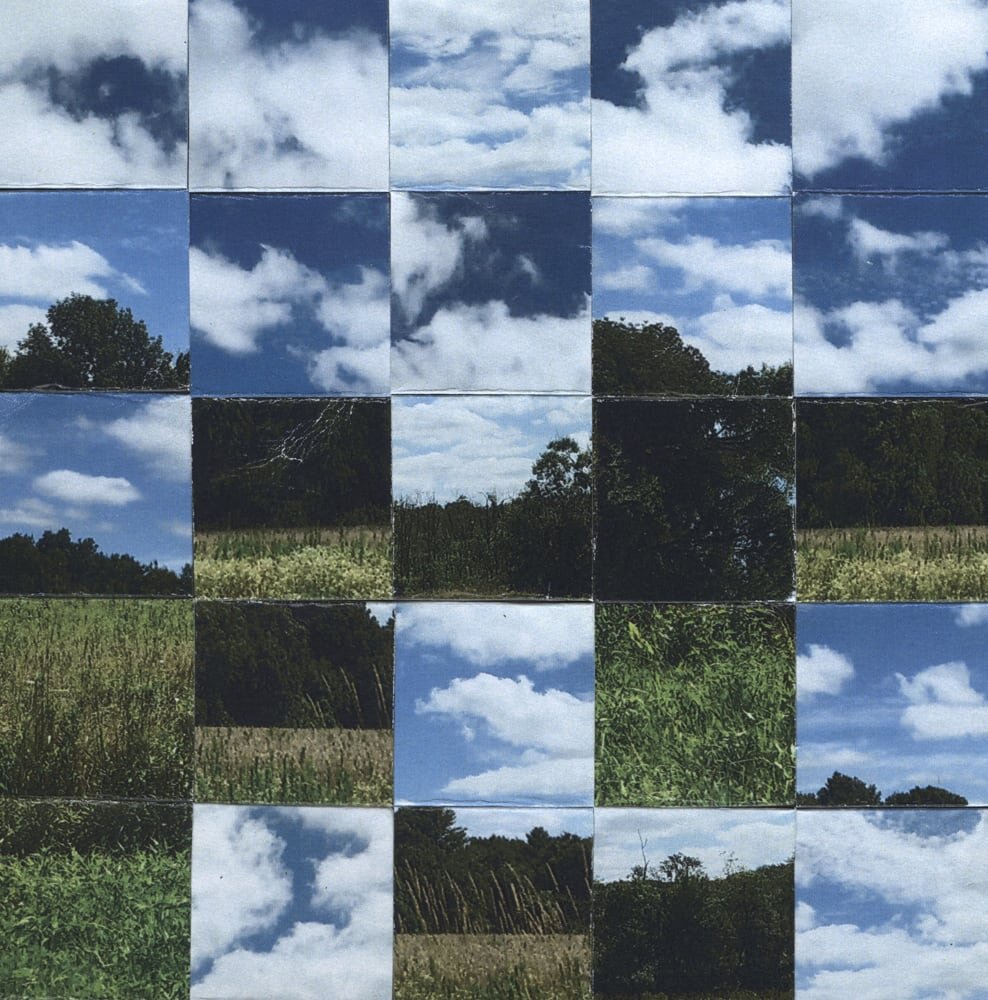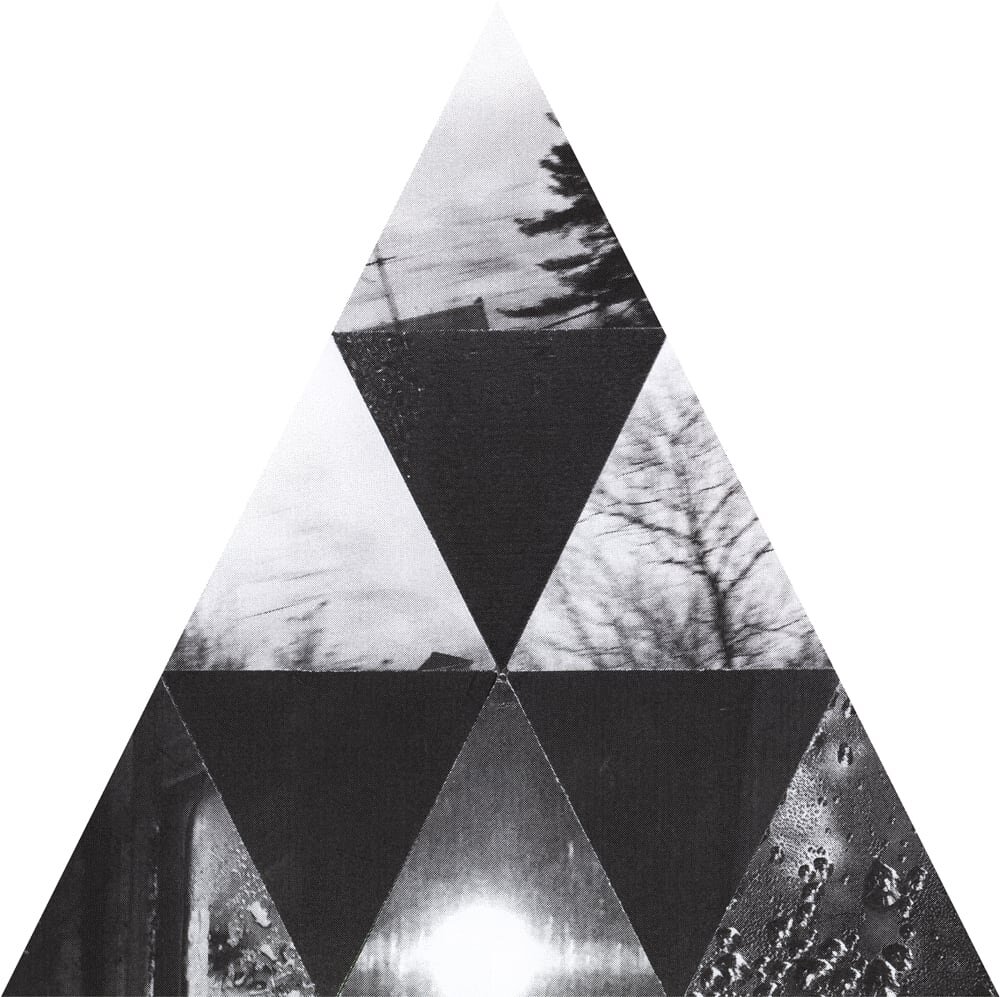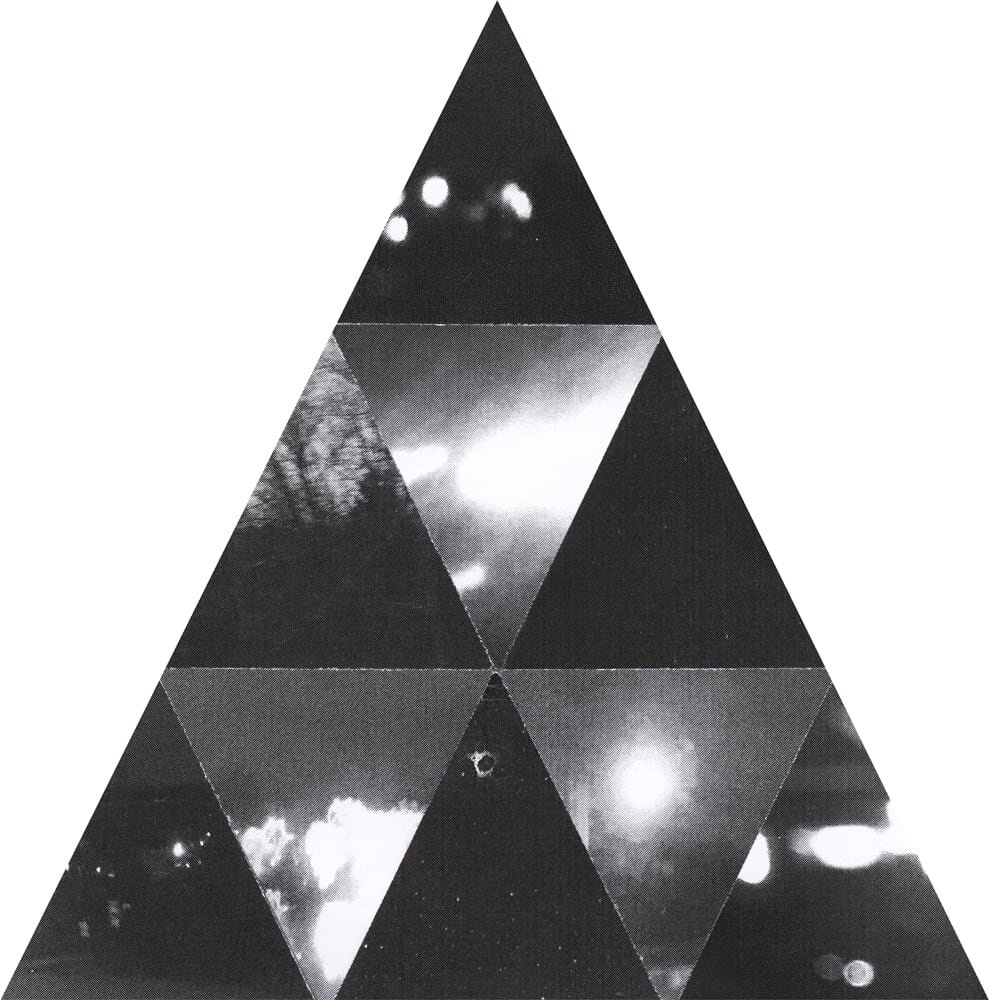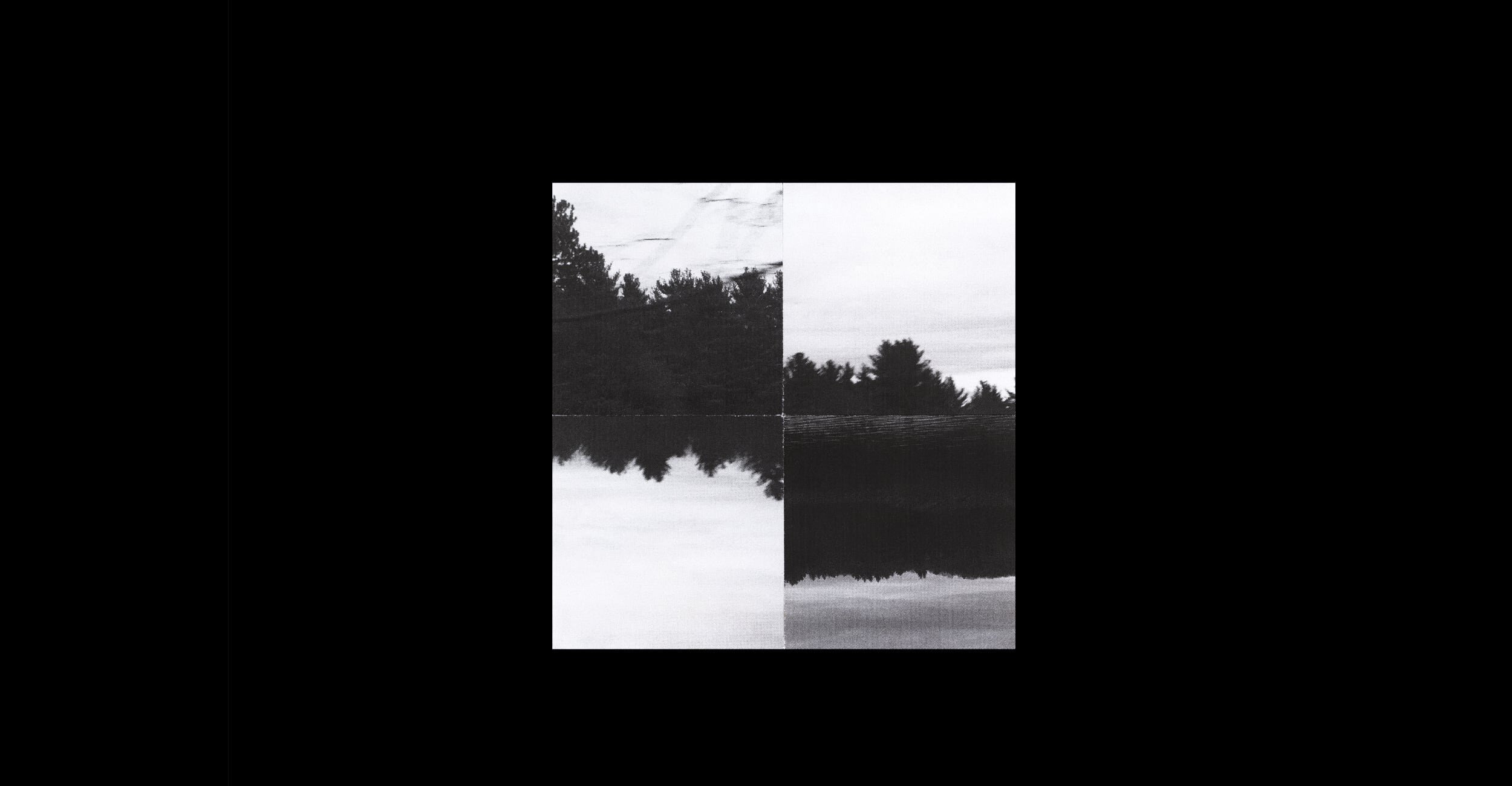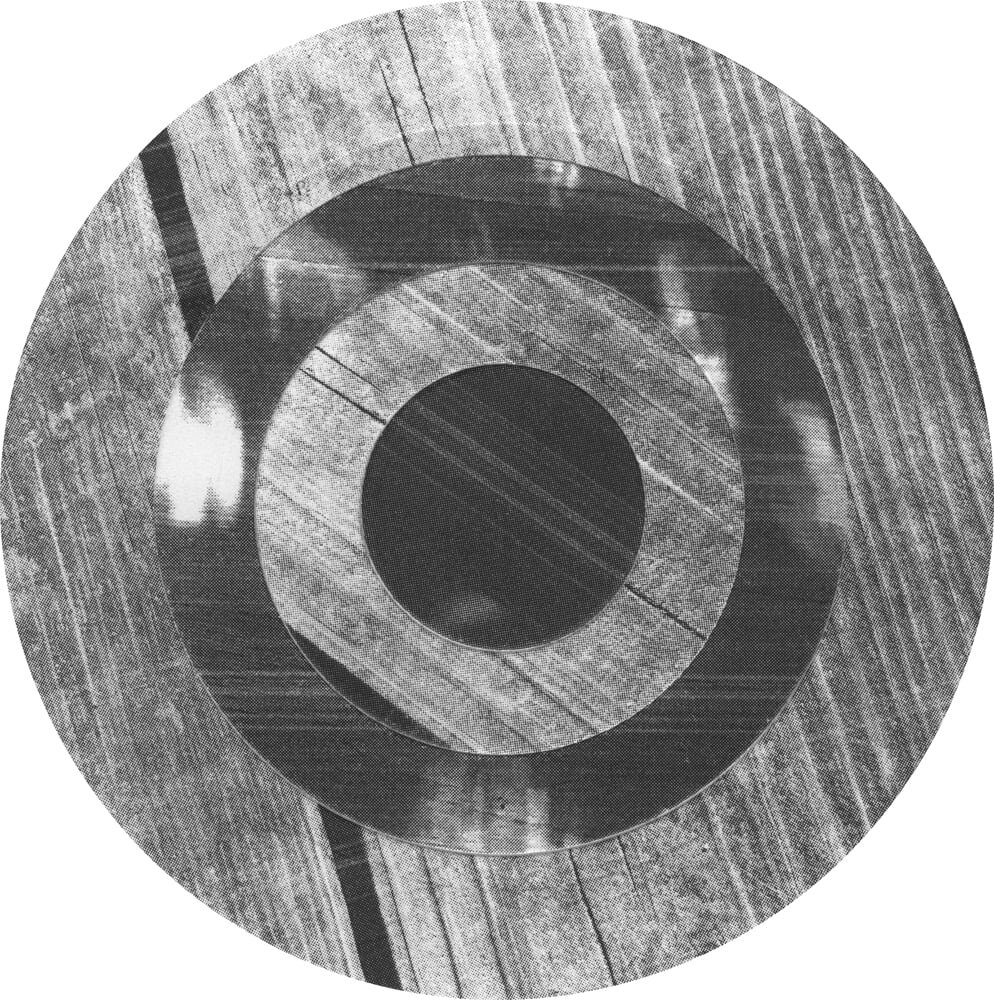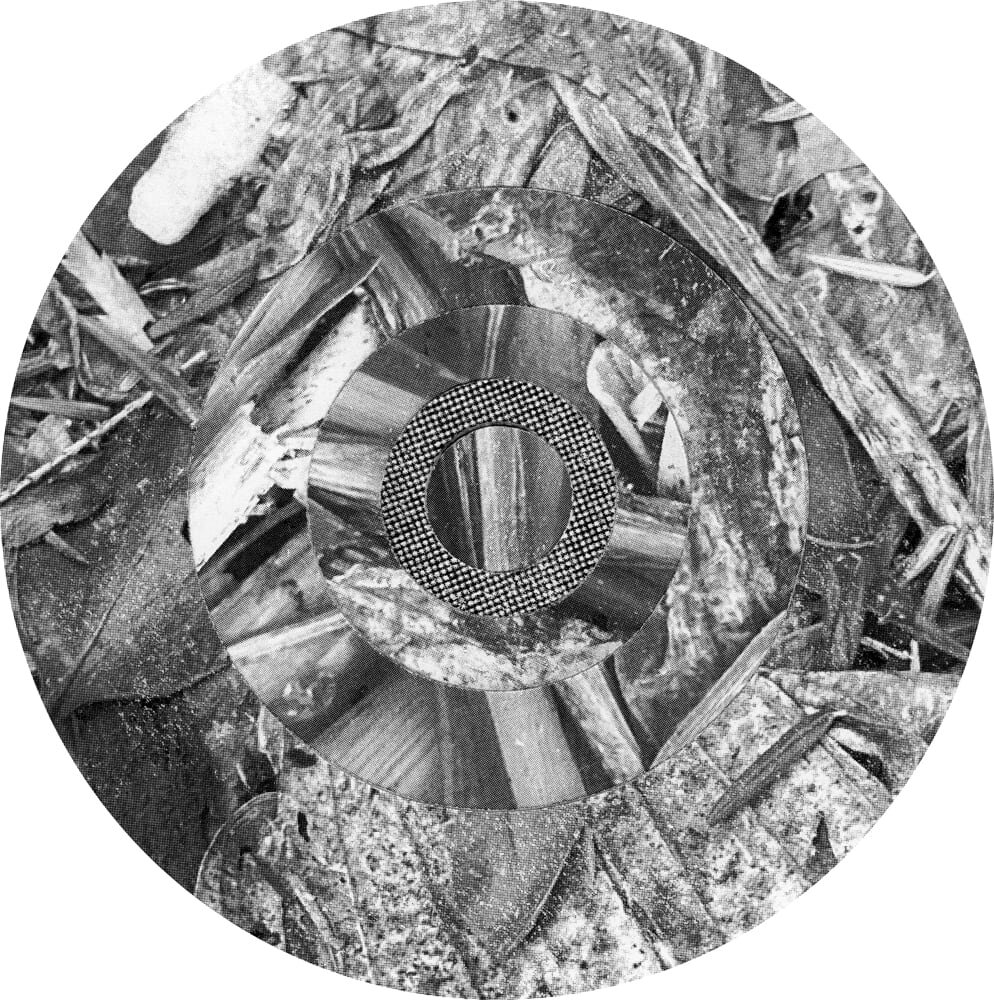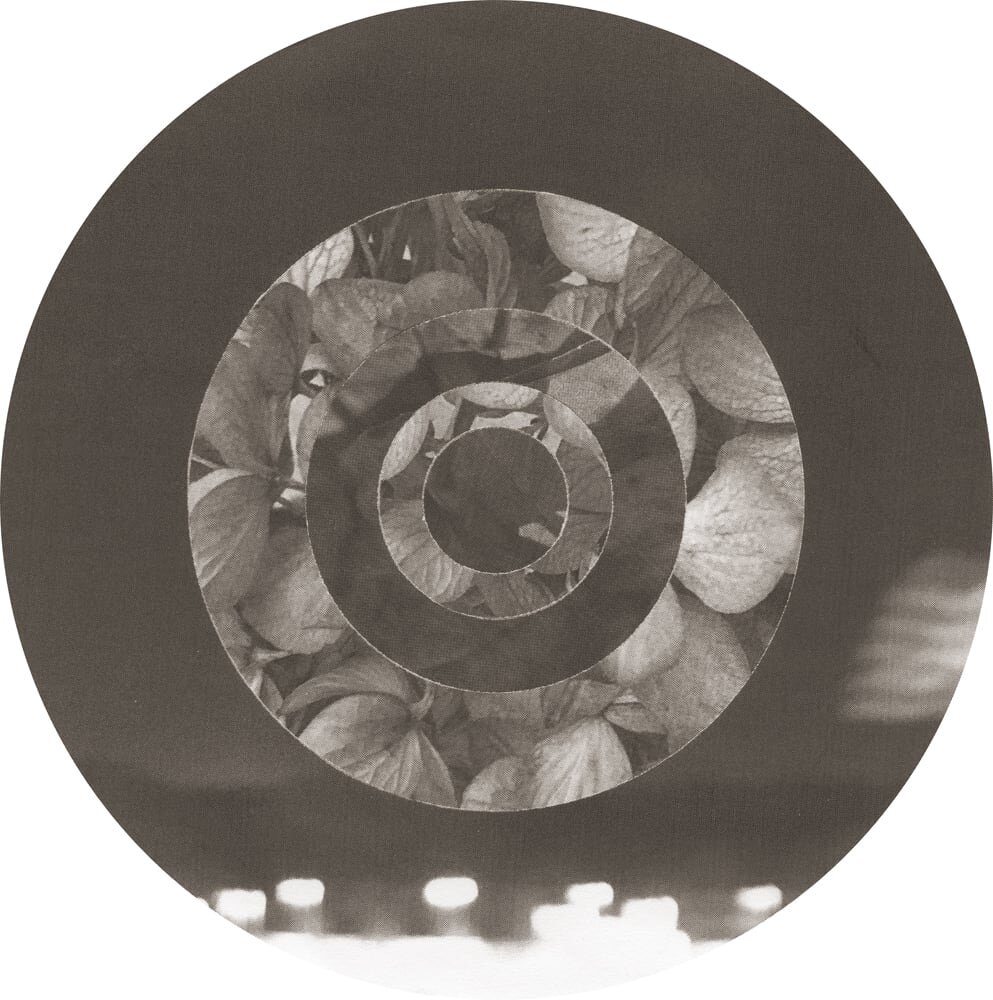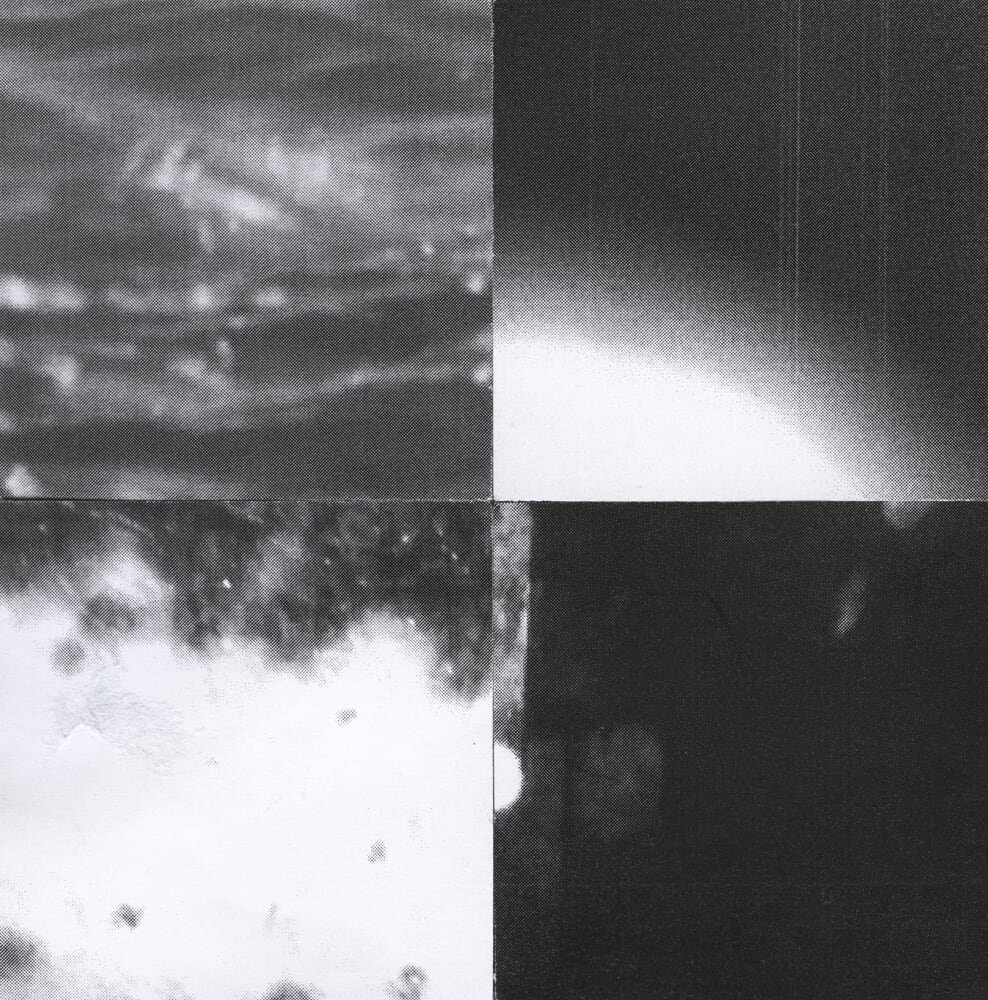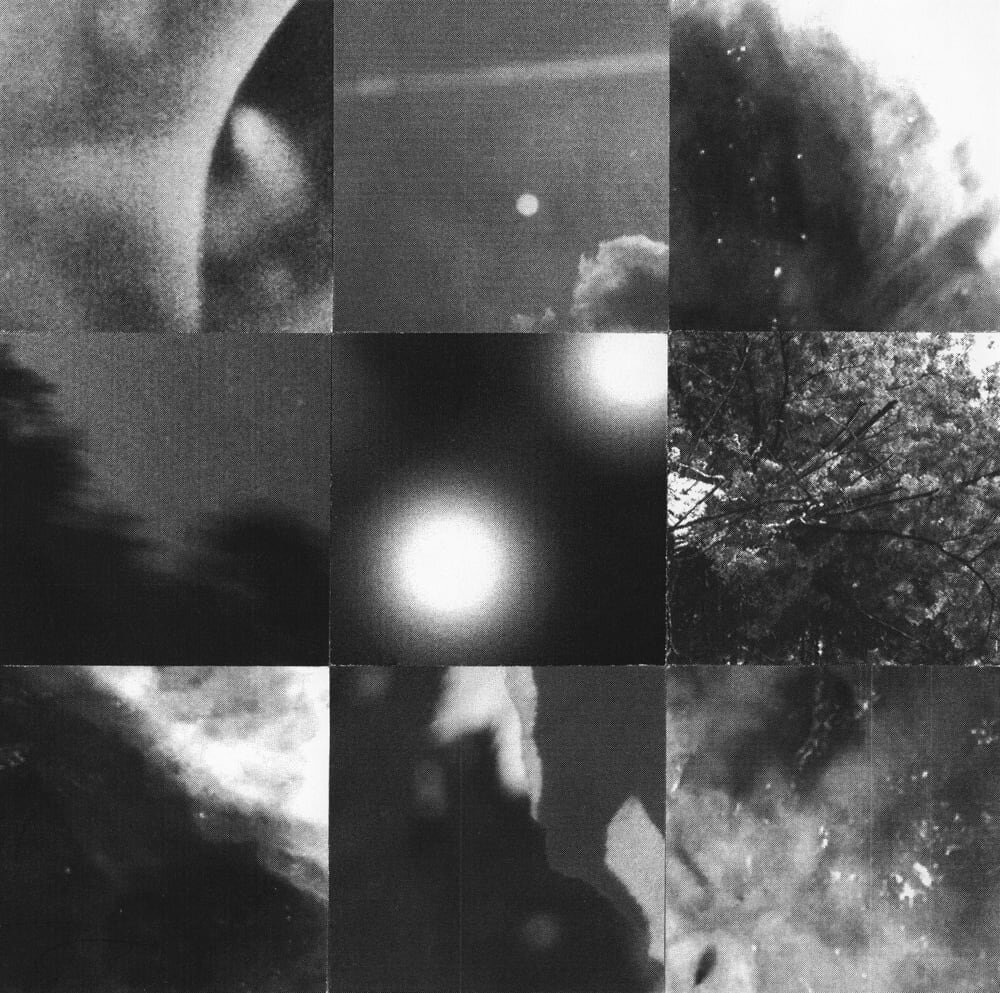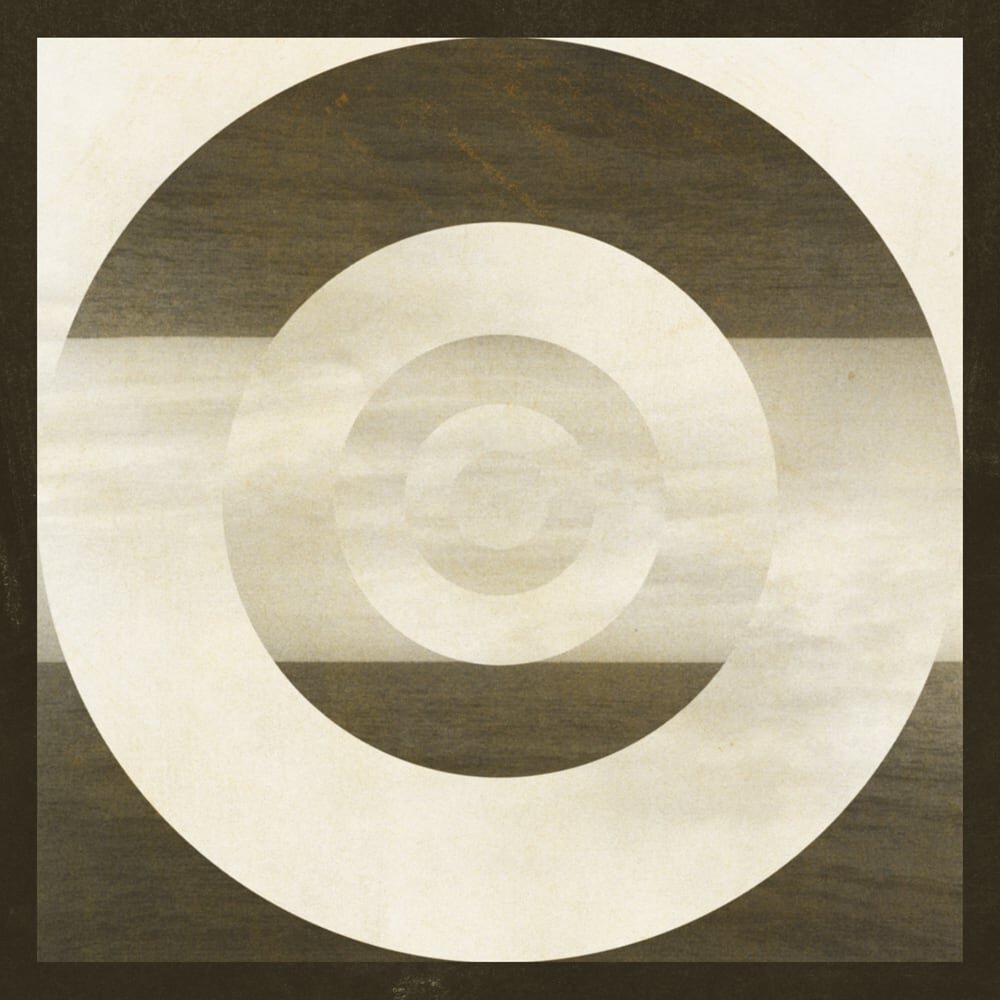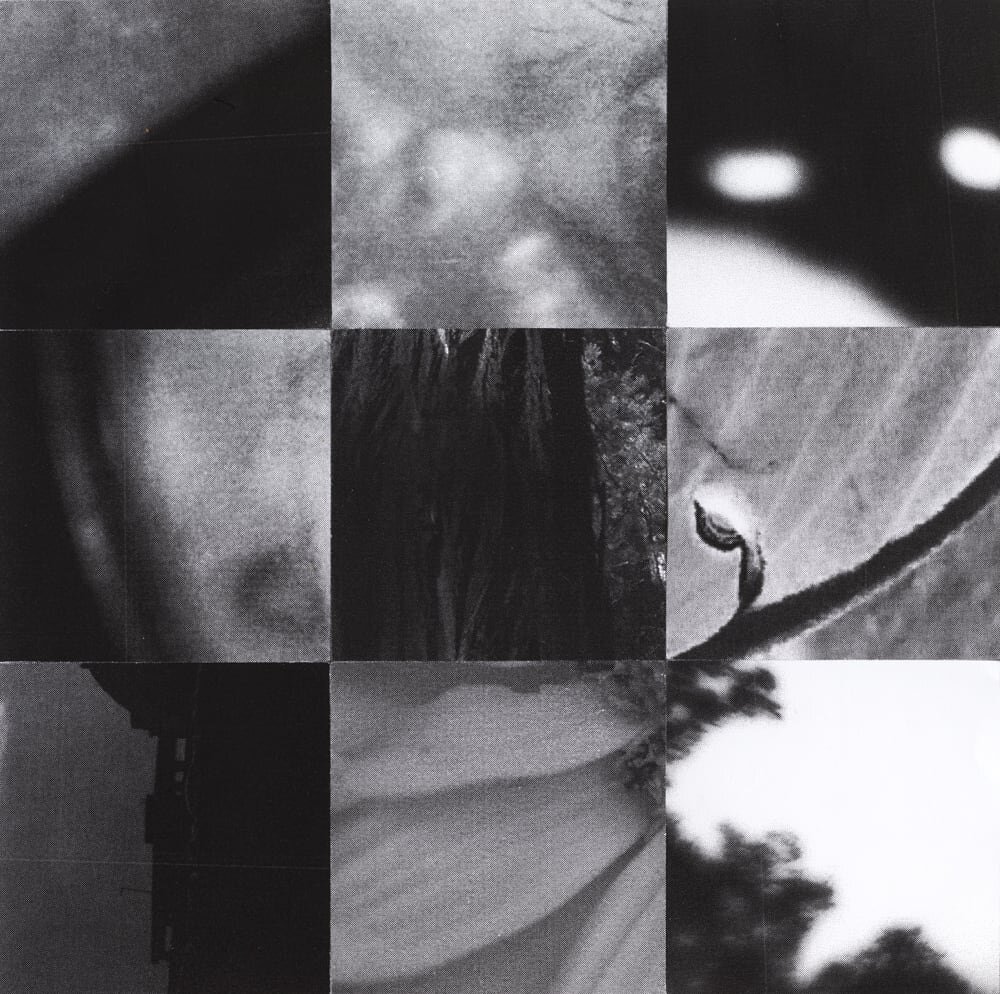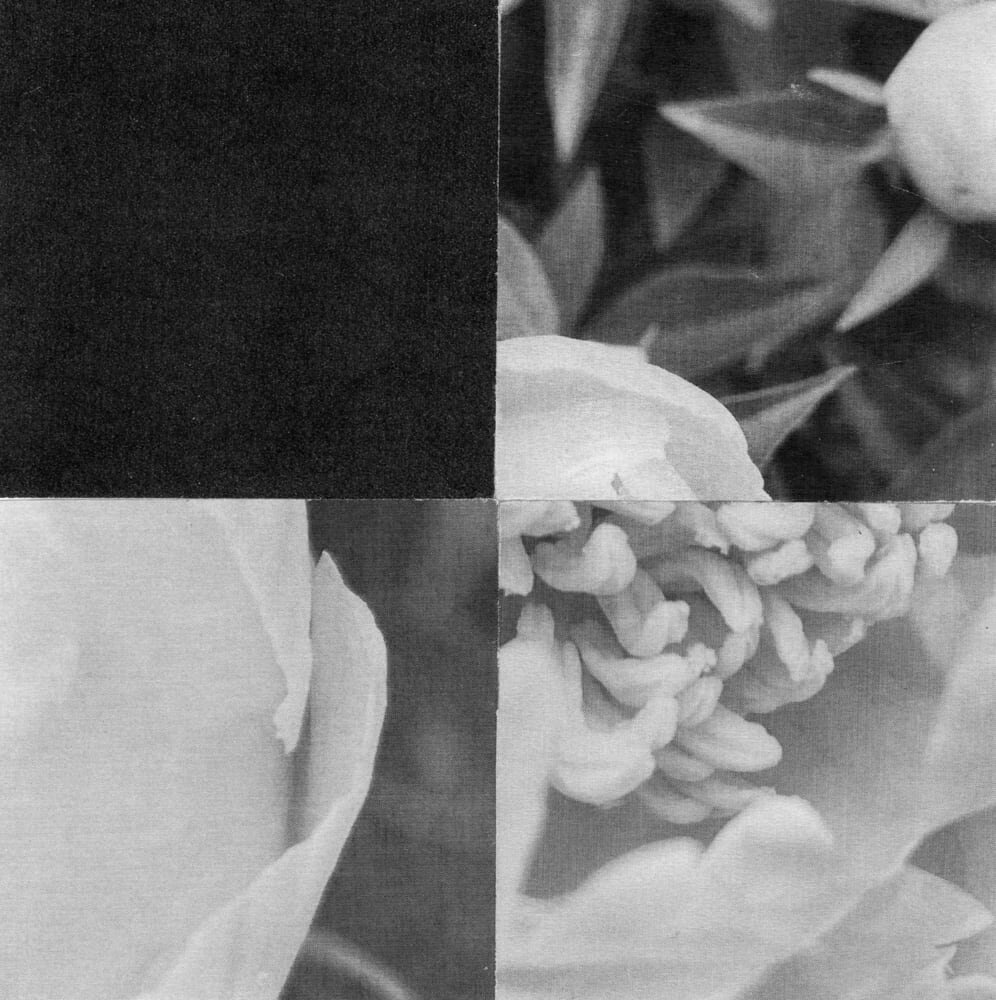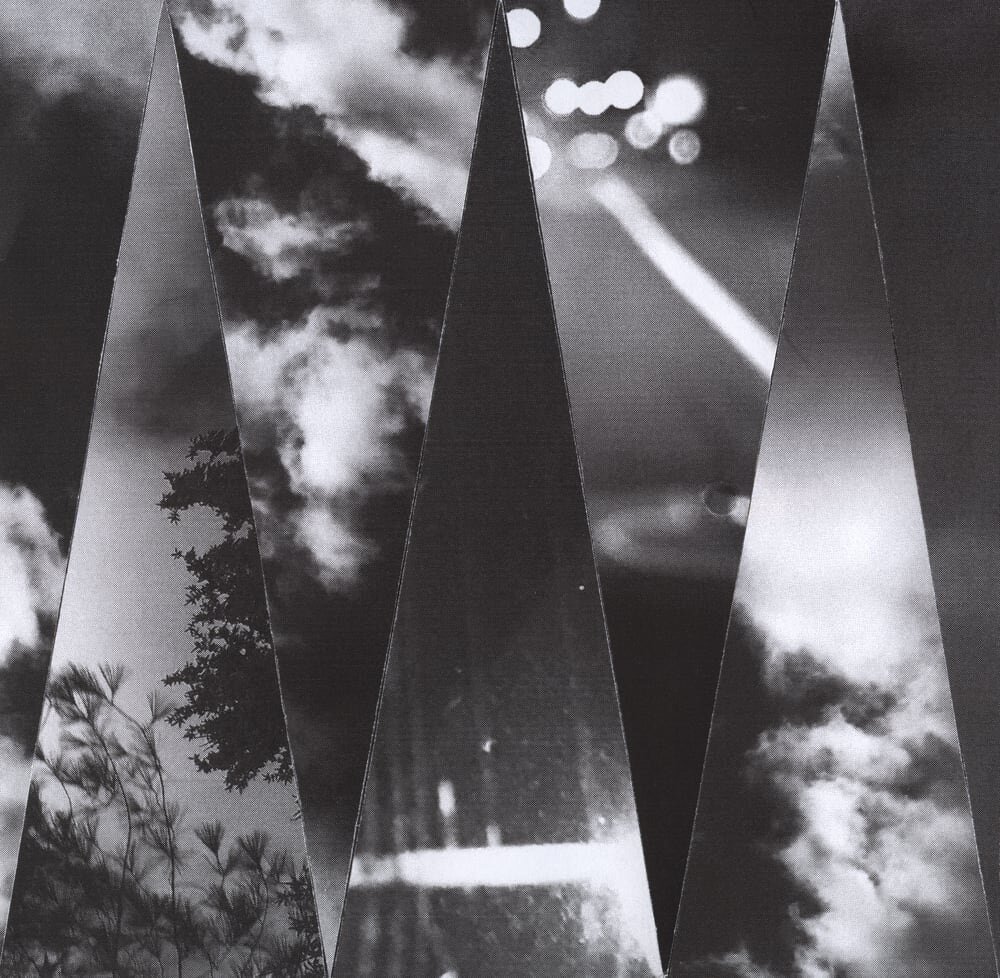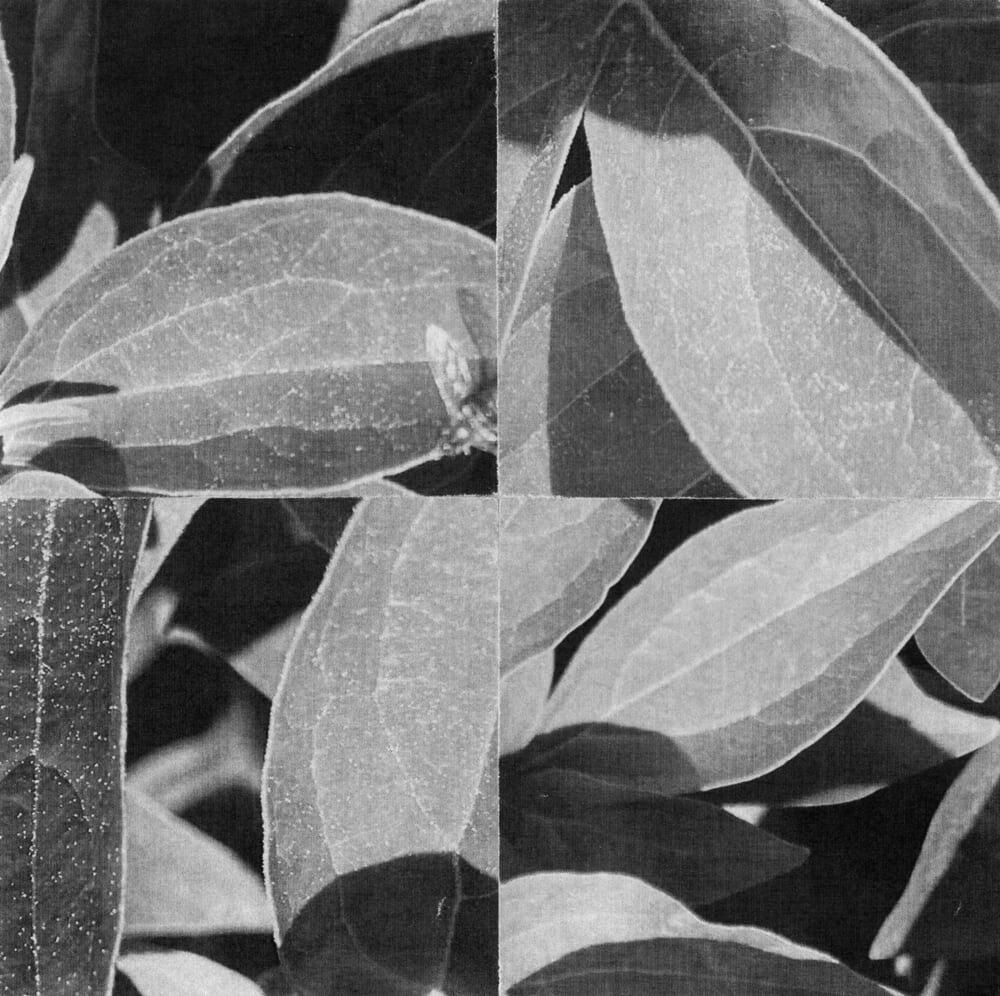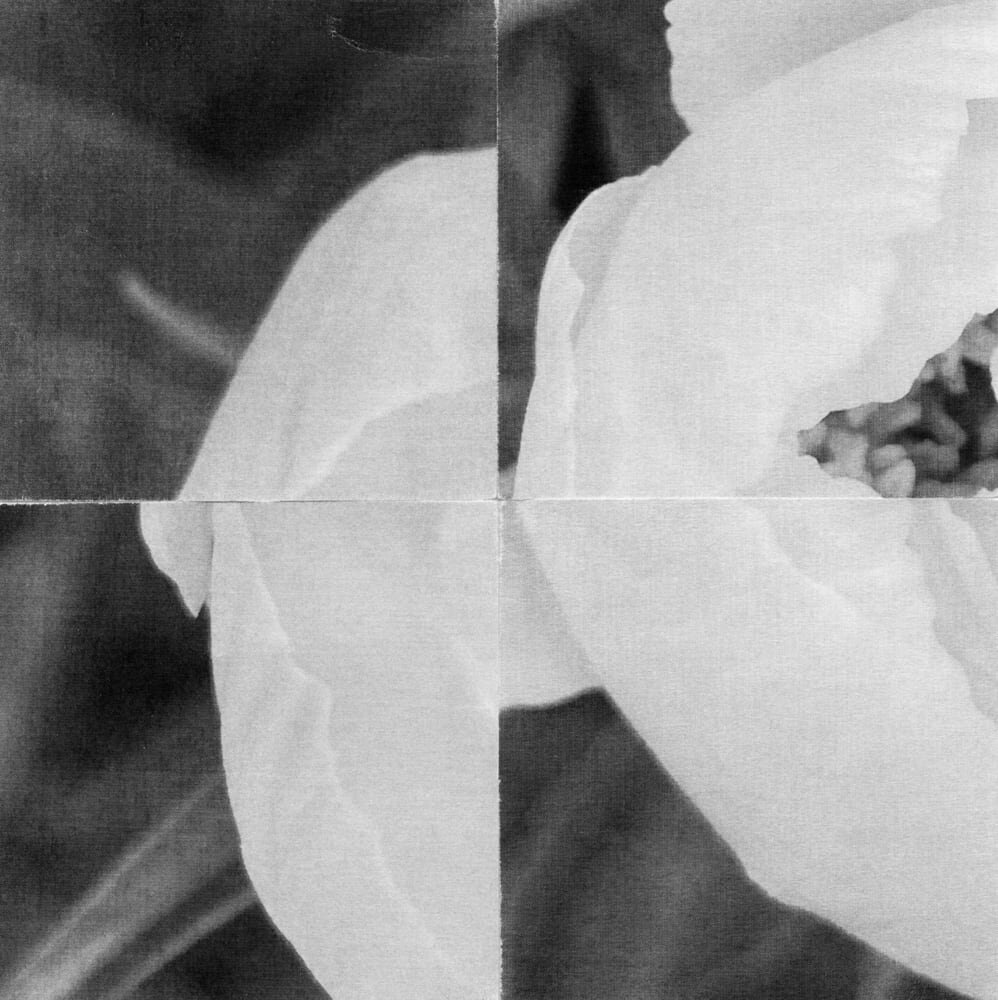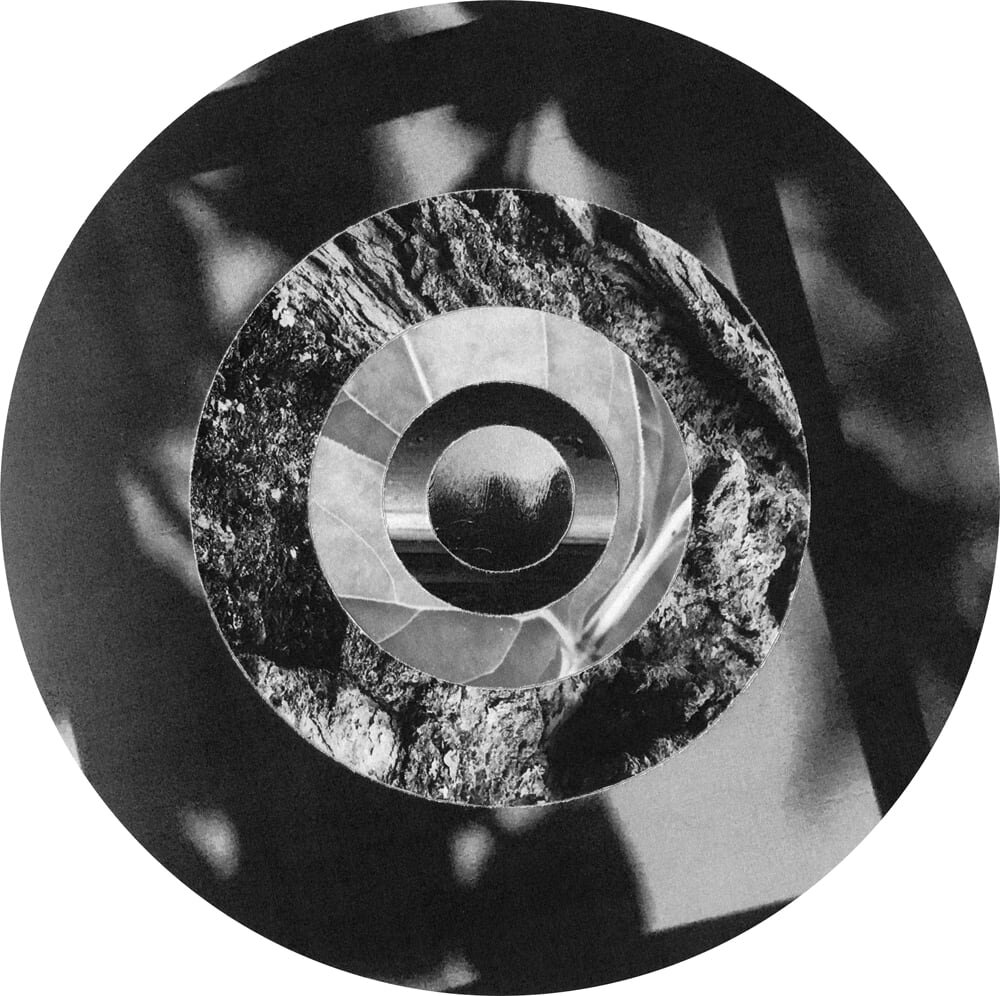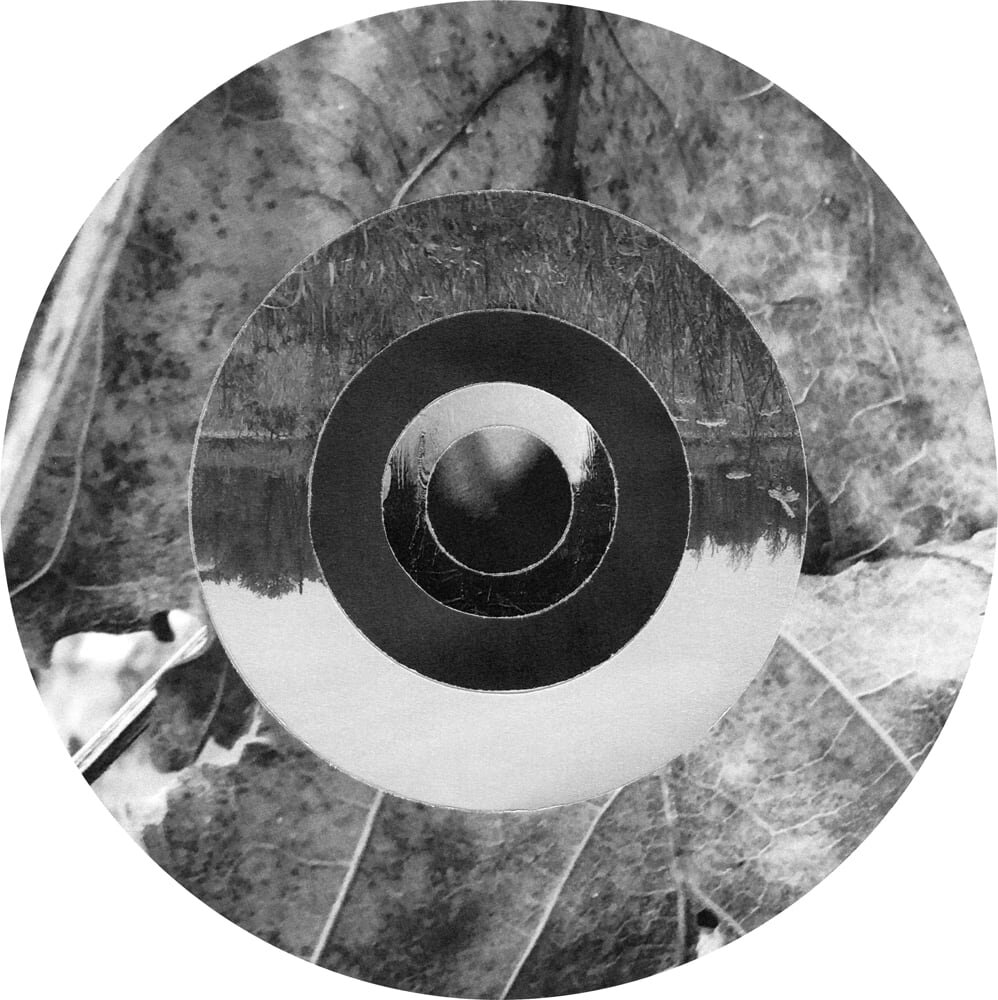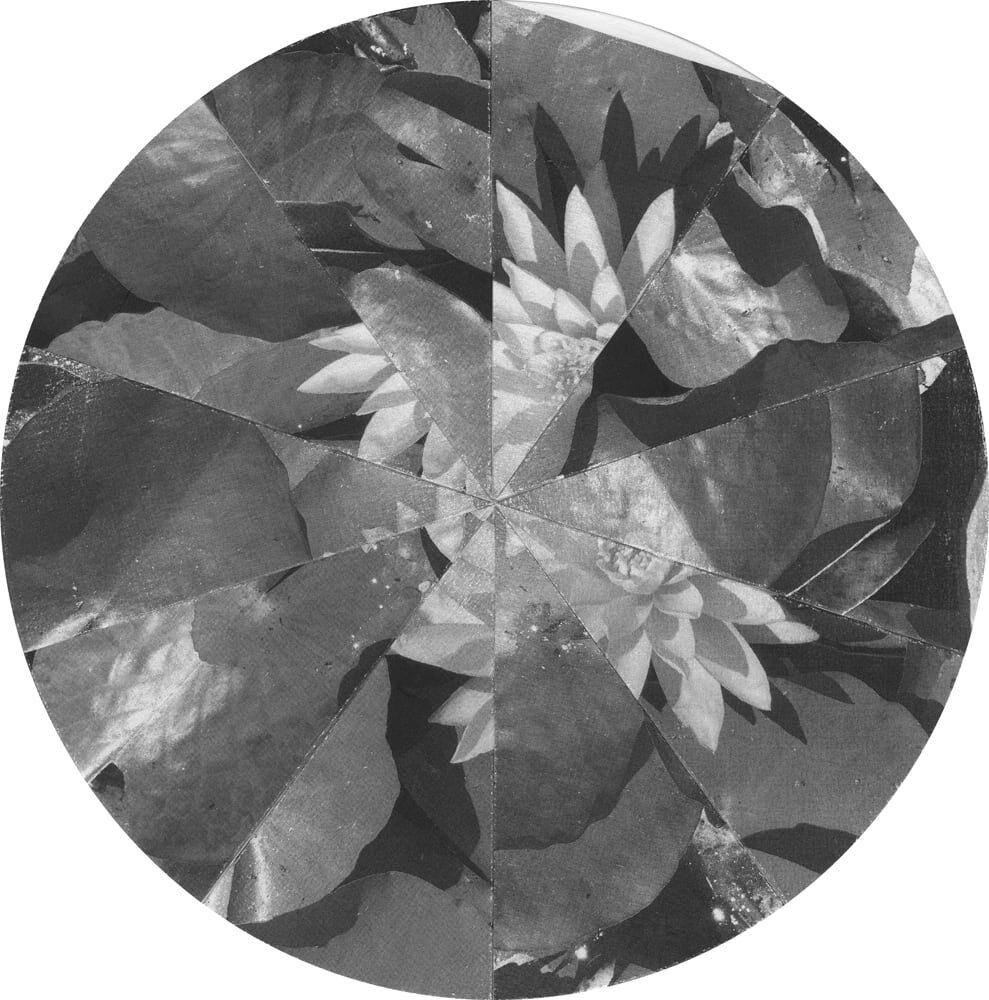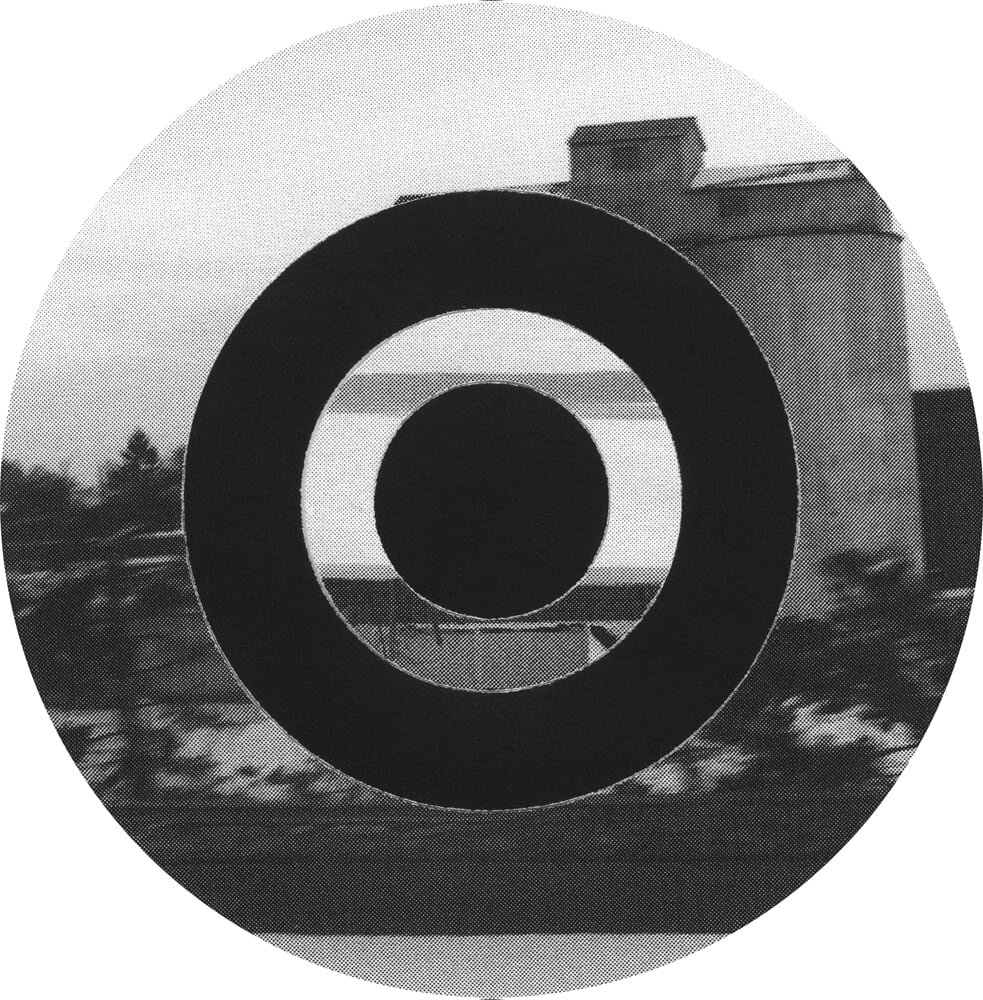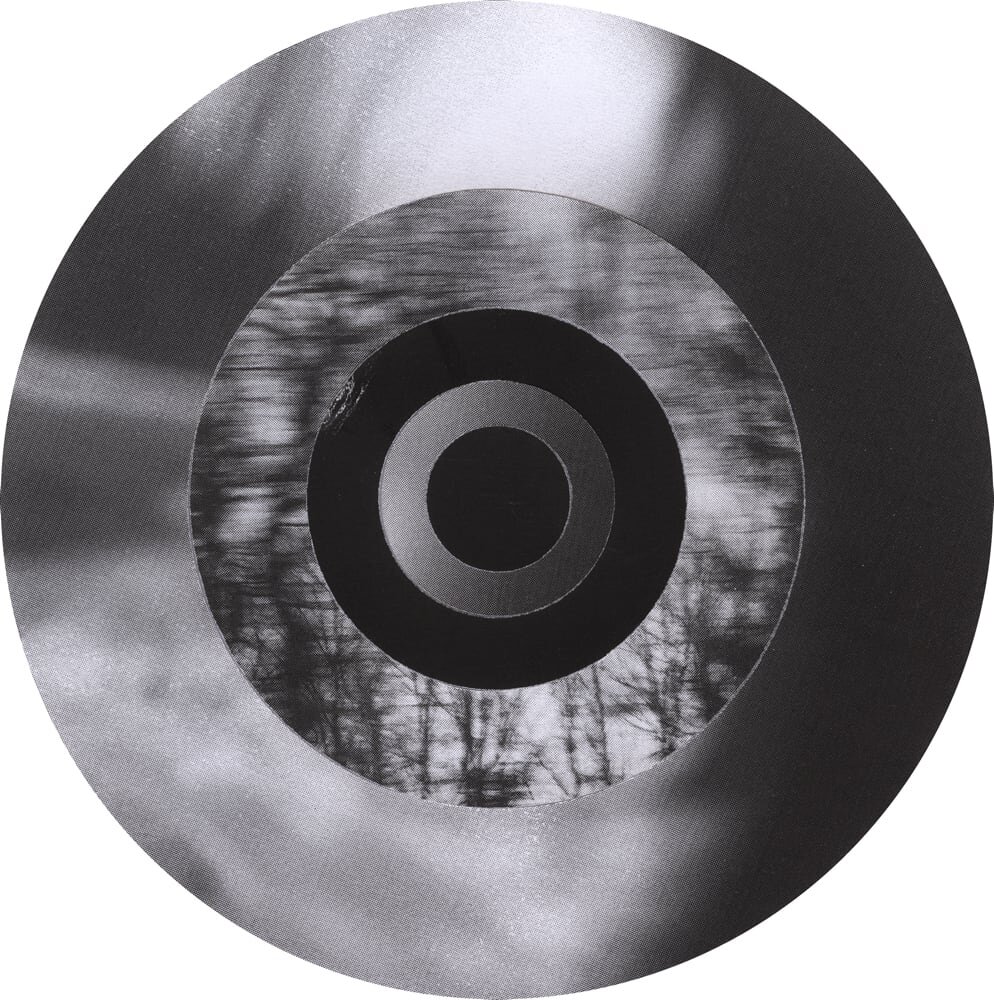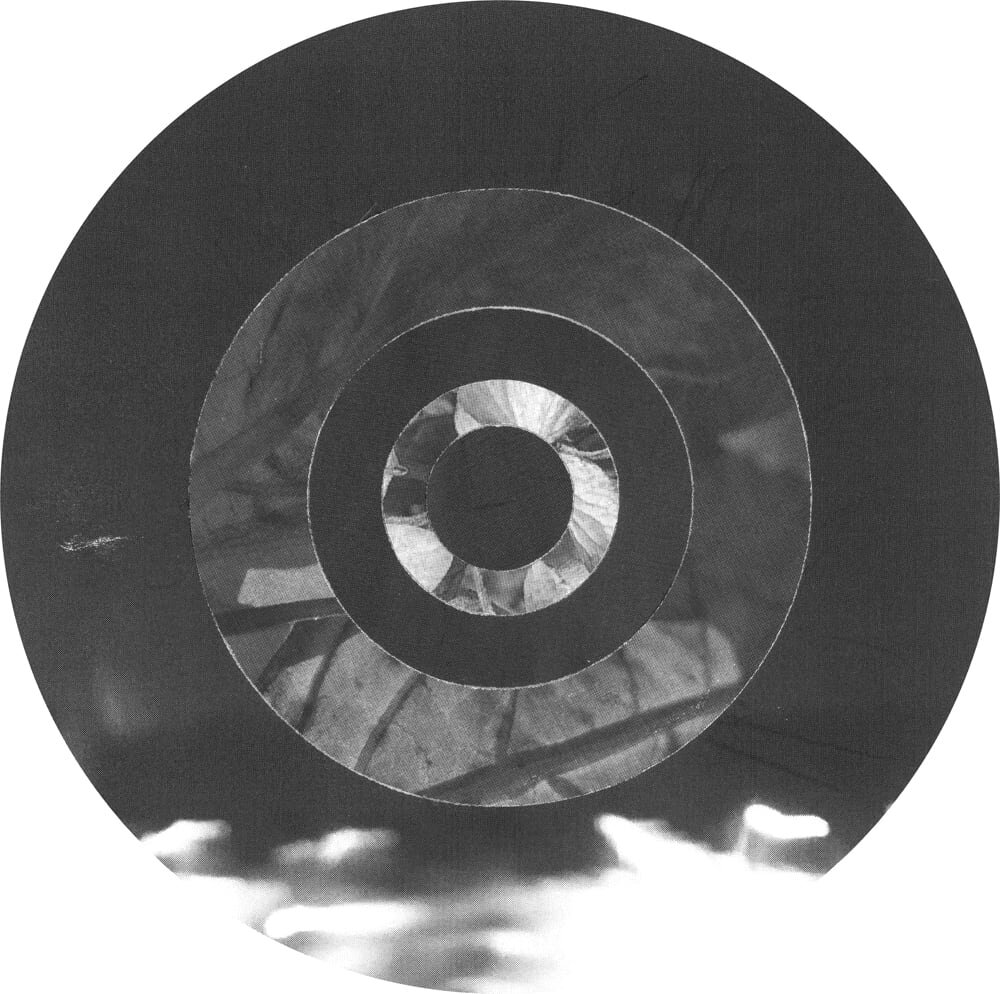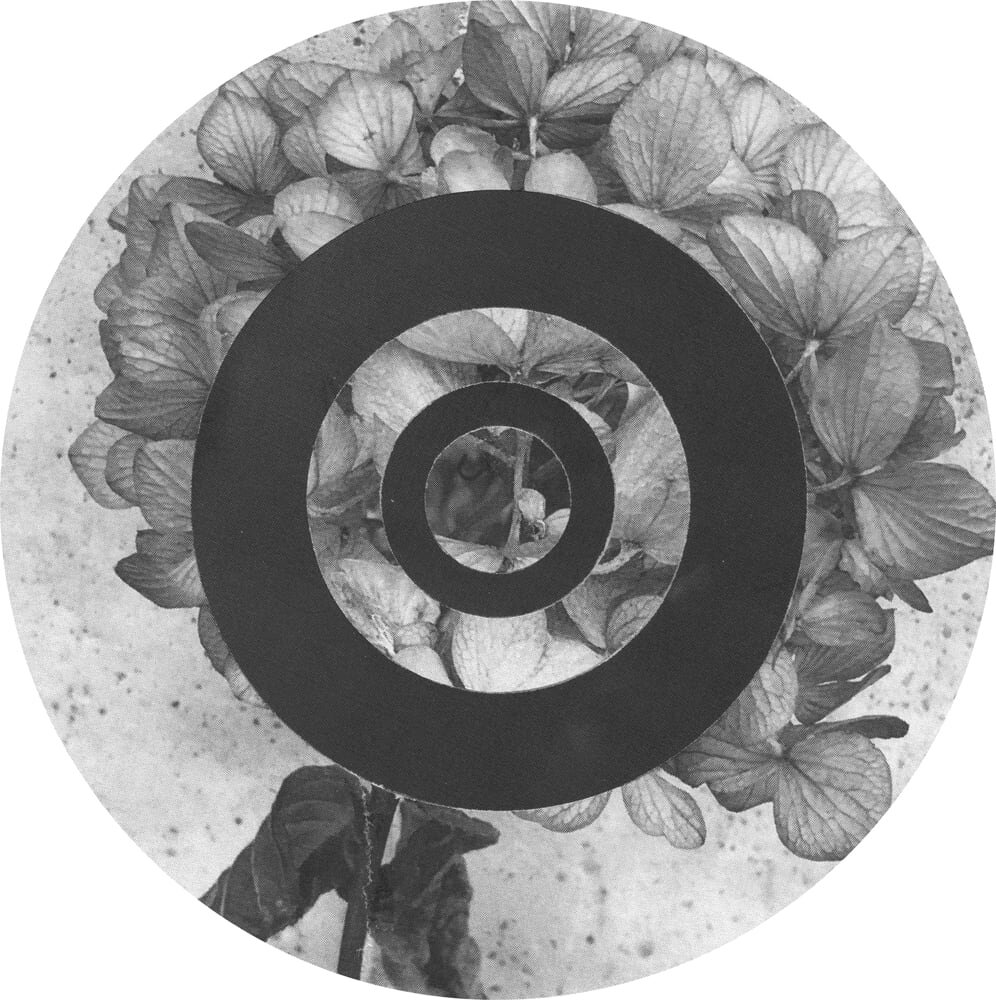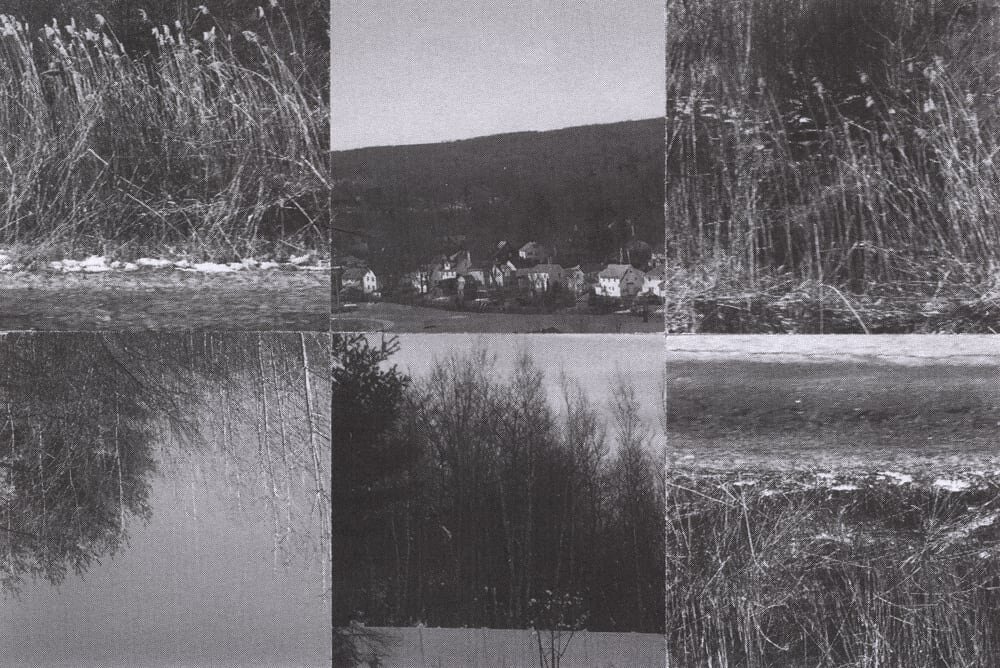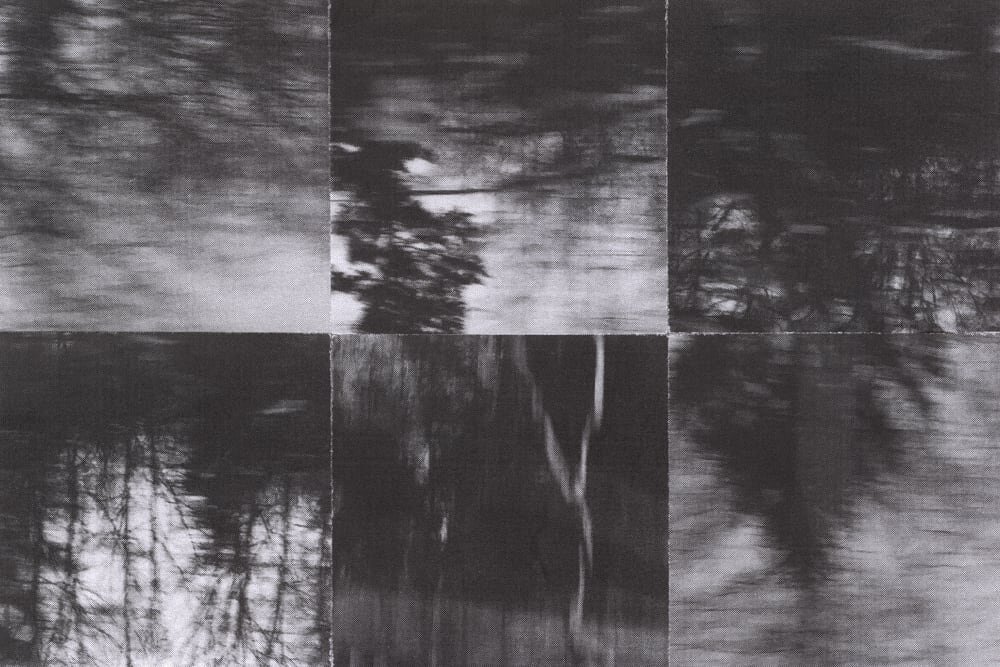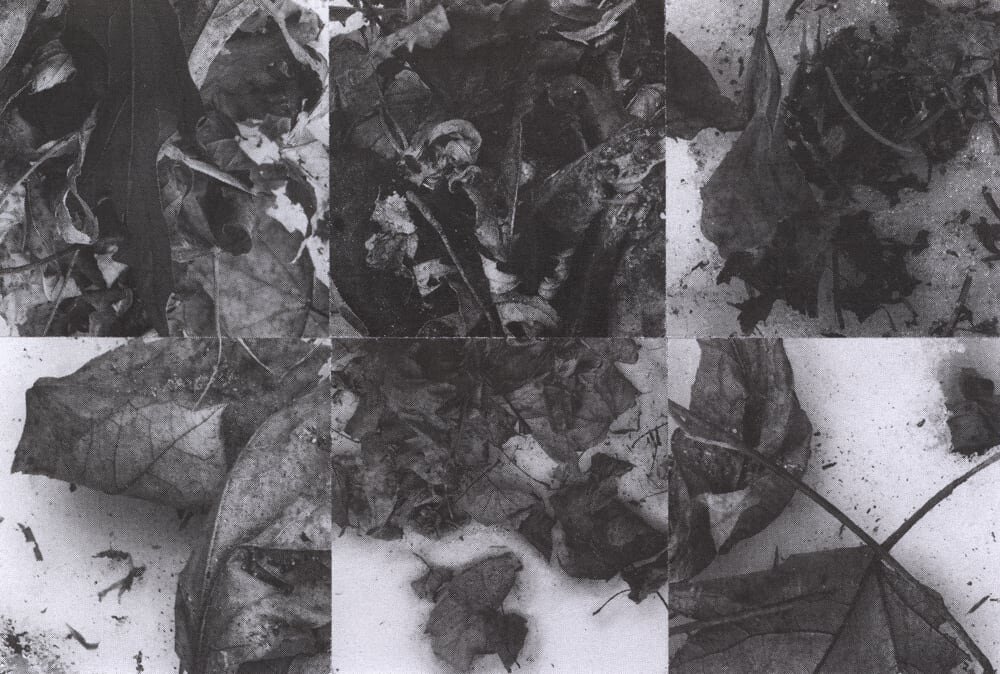
Halftone Visions
I originally became fascinated with design through dabbling with digital collage over 15 years ago. Looking back at my more competent, recent design work (which possesses a decidedly cleaner aesthetic) I realized I really missed the raw collision of form that collage provided. Halftone Visions is an ongoing series that gets me back to my roots, and lets me get my hands dirty gets. Things are coming ’round full circle, so to speak.

Work simply & don’t be precious.
My first collage—years ago—were sourced from historical found imagery, merged with Photoshop’s sorcery. All the images for this series are taken from my own photographs, then physically printed, cut, hand assembled, then scanned back into bits. Above all, there’s nothing precious about the materials. iPhone photographs. Generic copy paper. Household laser printer. Double-sided tape. That’s it.
The first six compositions that came to life are below, taking form as nested circles. Simple geometries and patterns, using Fibonacci sequences as a creative restraint which possesses nice contrasts in size…not because they’re some design alchemy. The goal is to be iterative and quick—not to think too much. Embrace the whim.


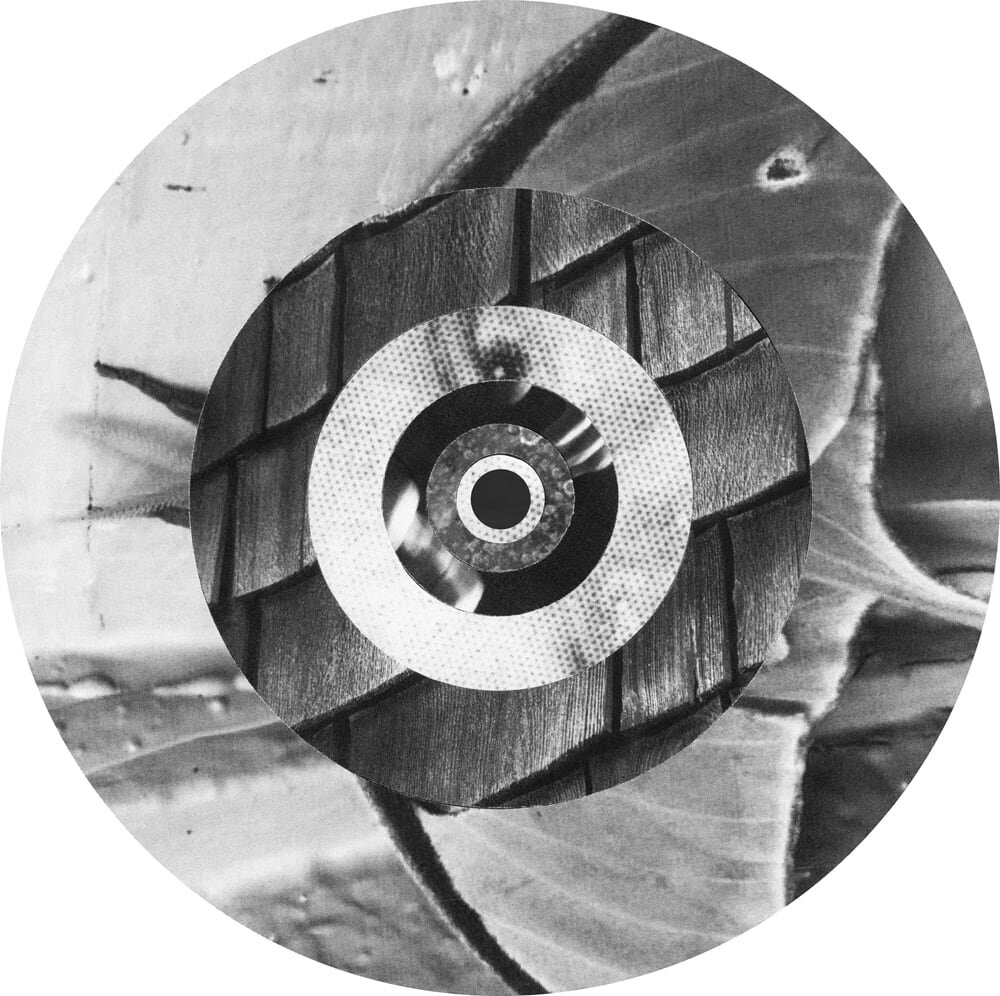
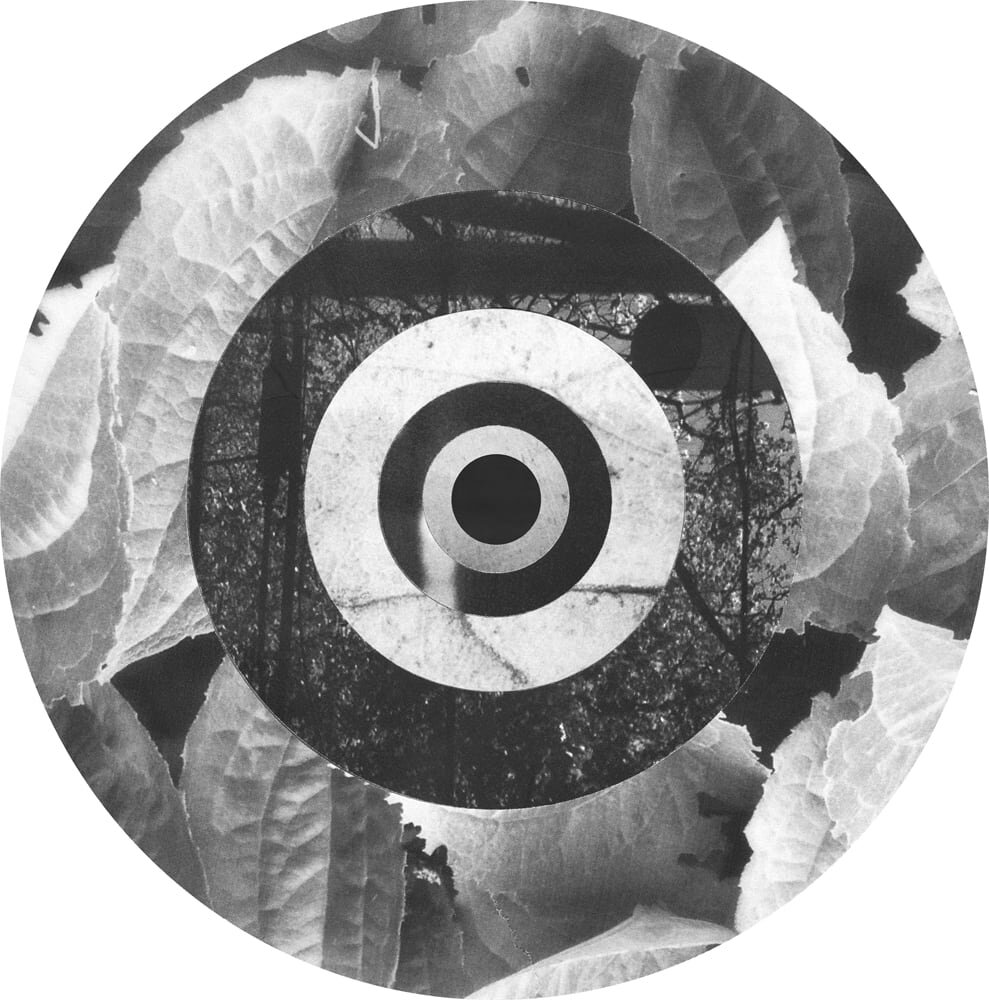
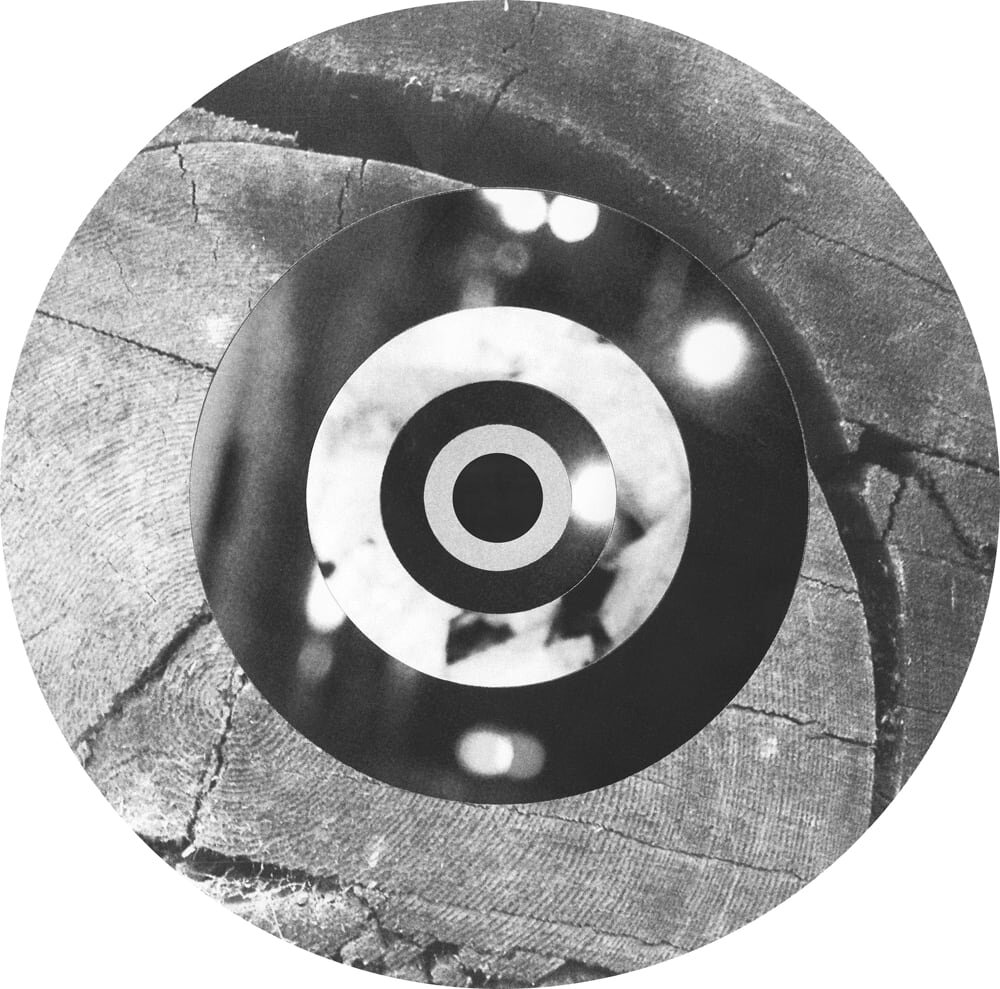
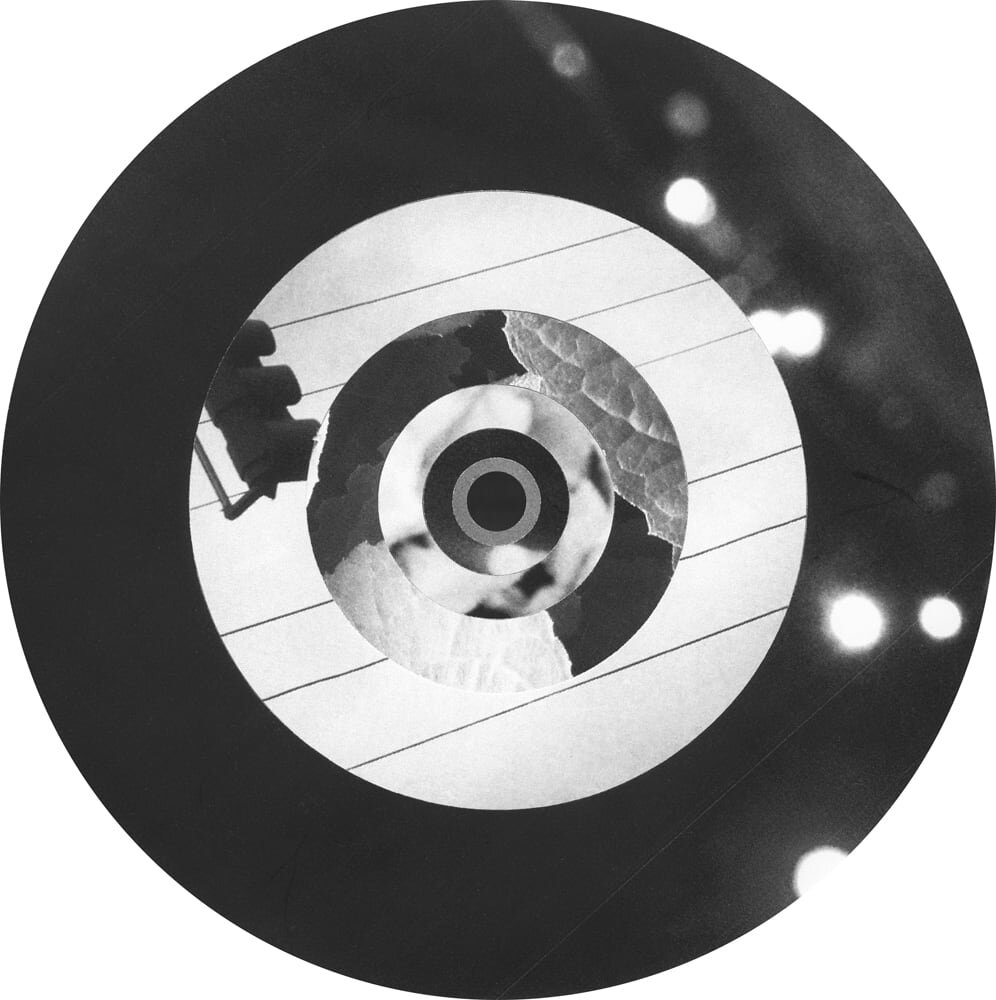
Own as much as you can.
Subconsciously, I think this stripped-down approach hits the spot in two different ways. First, the DNA of the collages aren’t derived from the inherent quirks of a vintage magazine, or the tattered mystique of an old book—two visual elements I normally love in others’ work! Being a fan of historical ephemera, though, I squirm at the thought of hacking graphic treasures up for my creative nonsense; I feel unworthy. In my approach, I’m simply capturing the photons that happen to fall in front of the smart phone’s camera sensor, folks. I’m just borrowing what nature, God, the cosmos, and pure luck put out there. The source material consists of everyday items—banal or, worse, natural overlooked gems—we take for granted. There’s beauty everywhere, friends.



(Collage) Control Freak.
Second, if you’re using somebody else’s previously-published source materials, there’s always a question of ownership hanging in the ether. It’s strange, because I love collage by other makers who use existing materials. It hits the spot, believe me. That said, for my own artful collage pretensions, making sure I personally capture the source material I’m working with appeals to a (perhaps overbearing) need to claim authorship. Or, maybe, it makes me feel like I’ve done some legwork to be able to to earnestly call the final form my own.

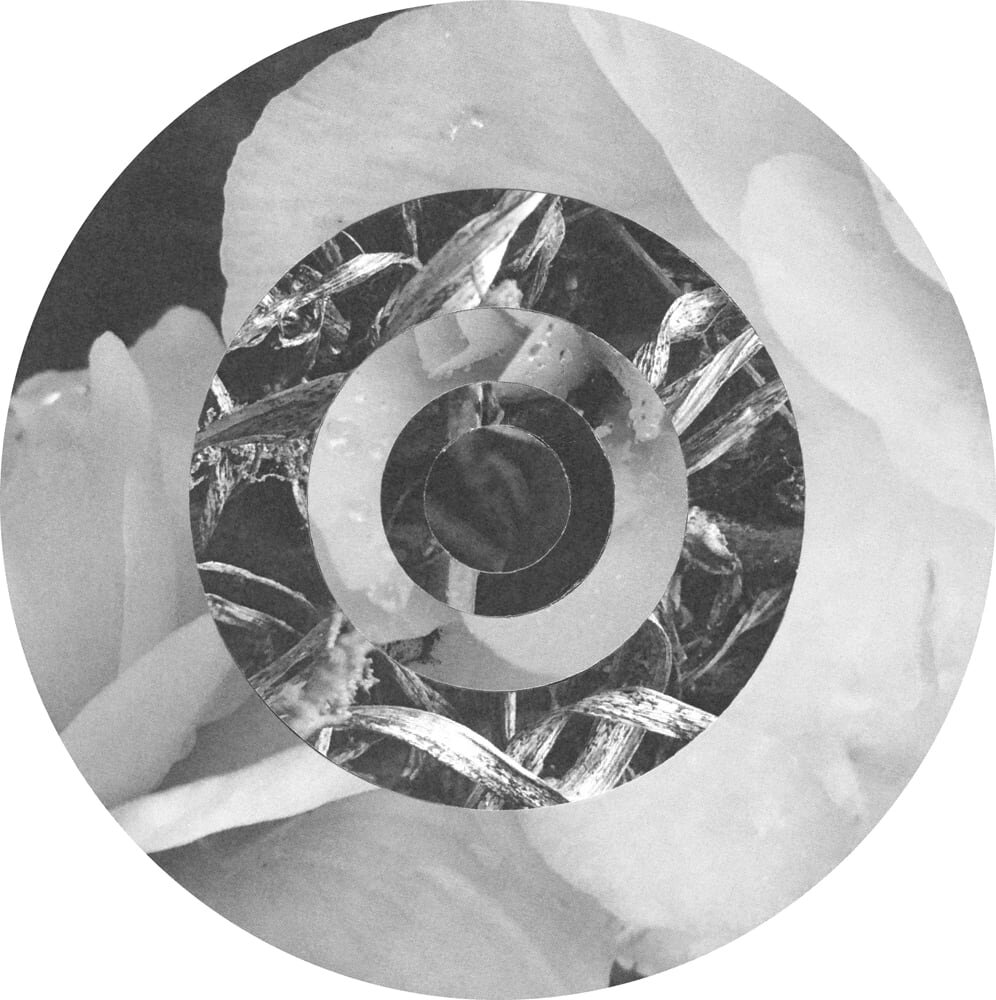

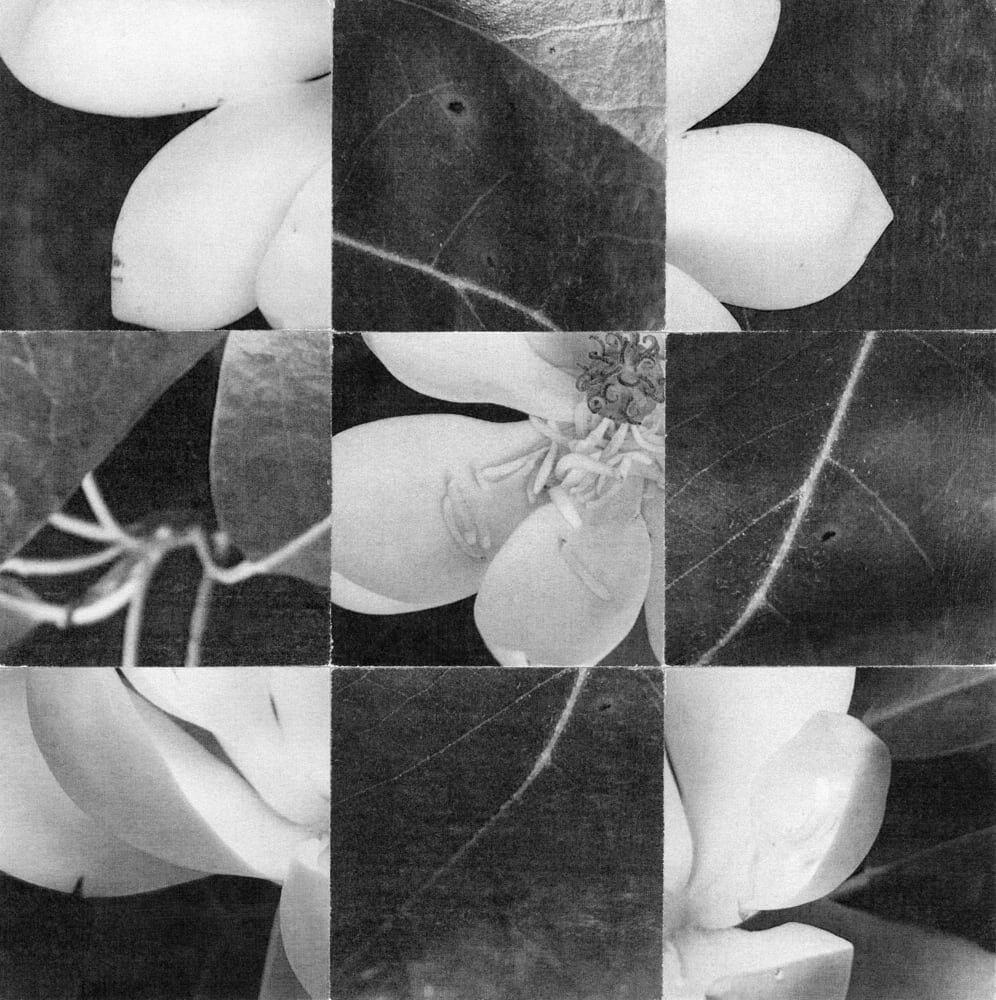


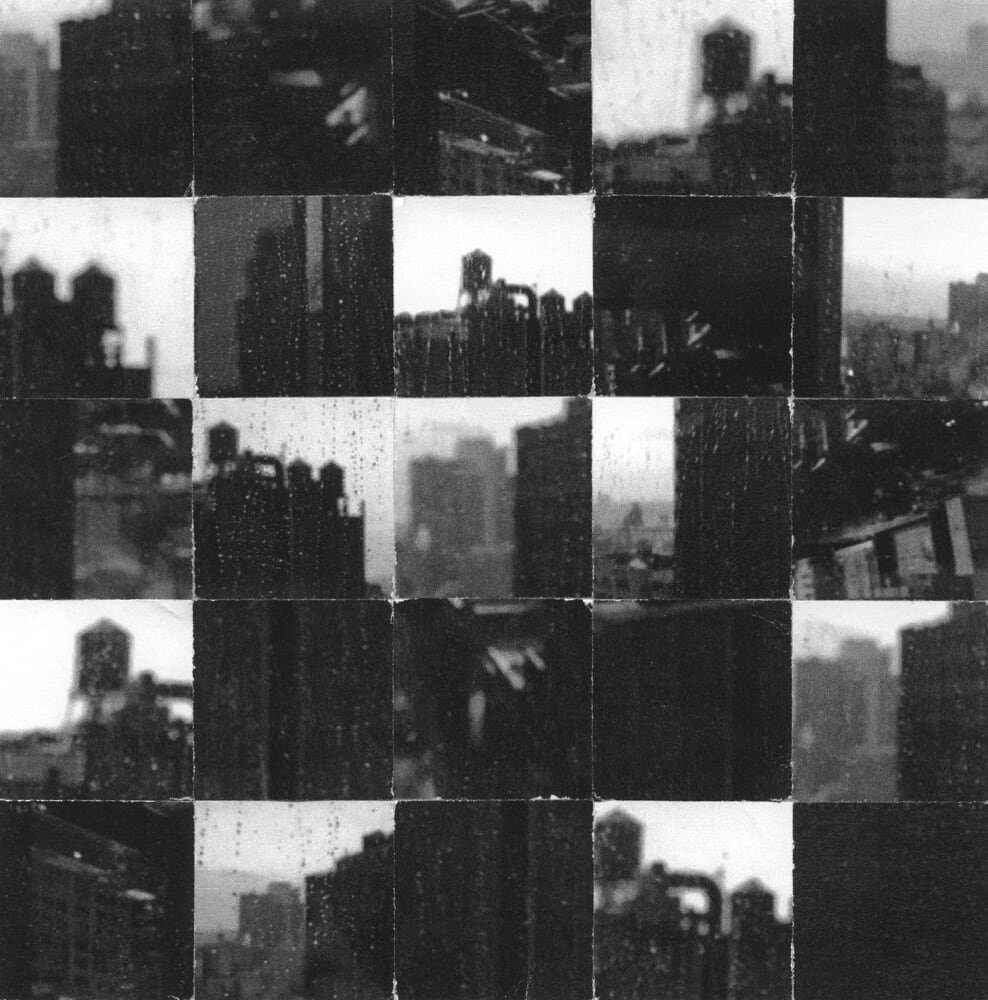



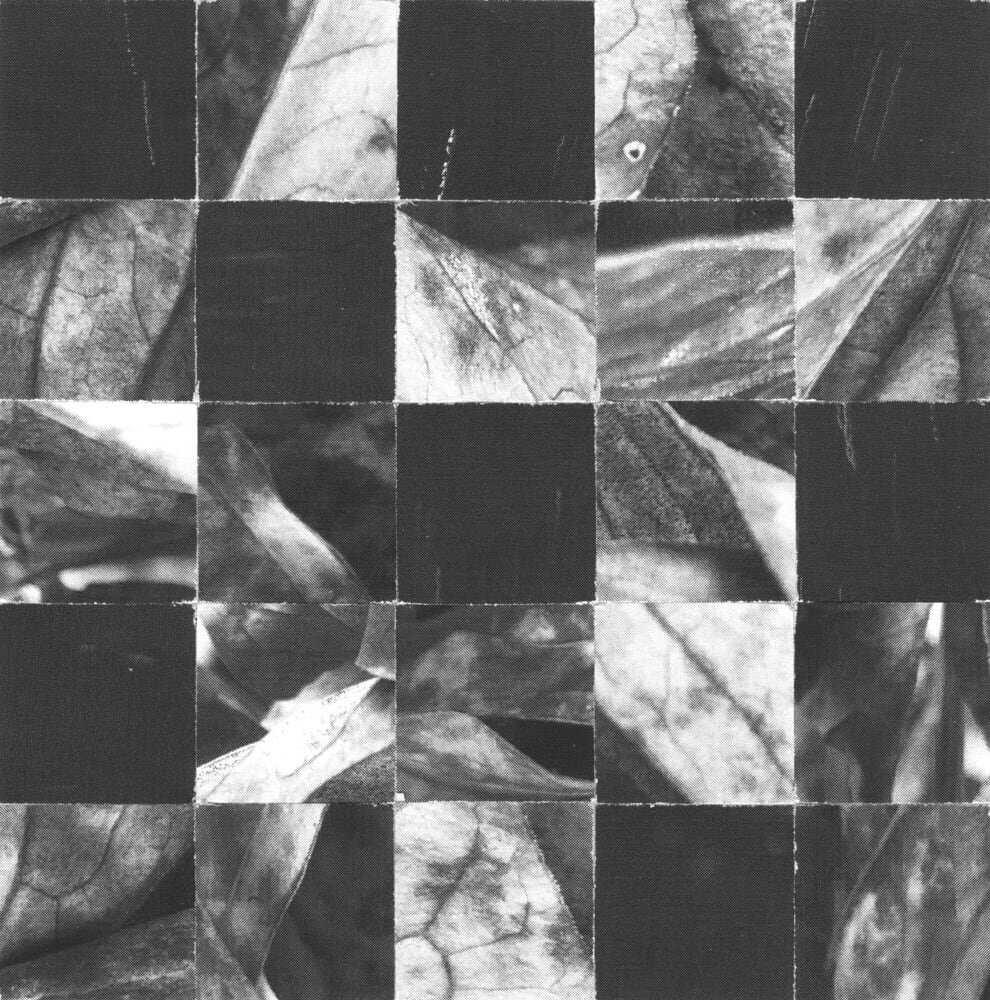


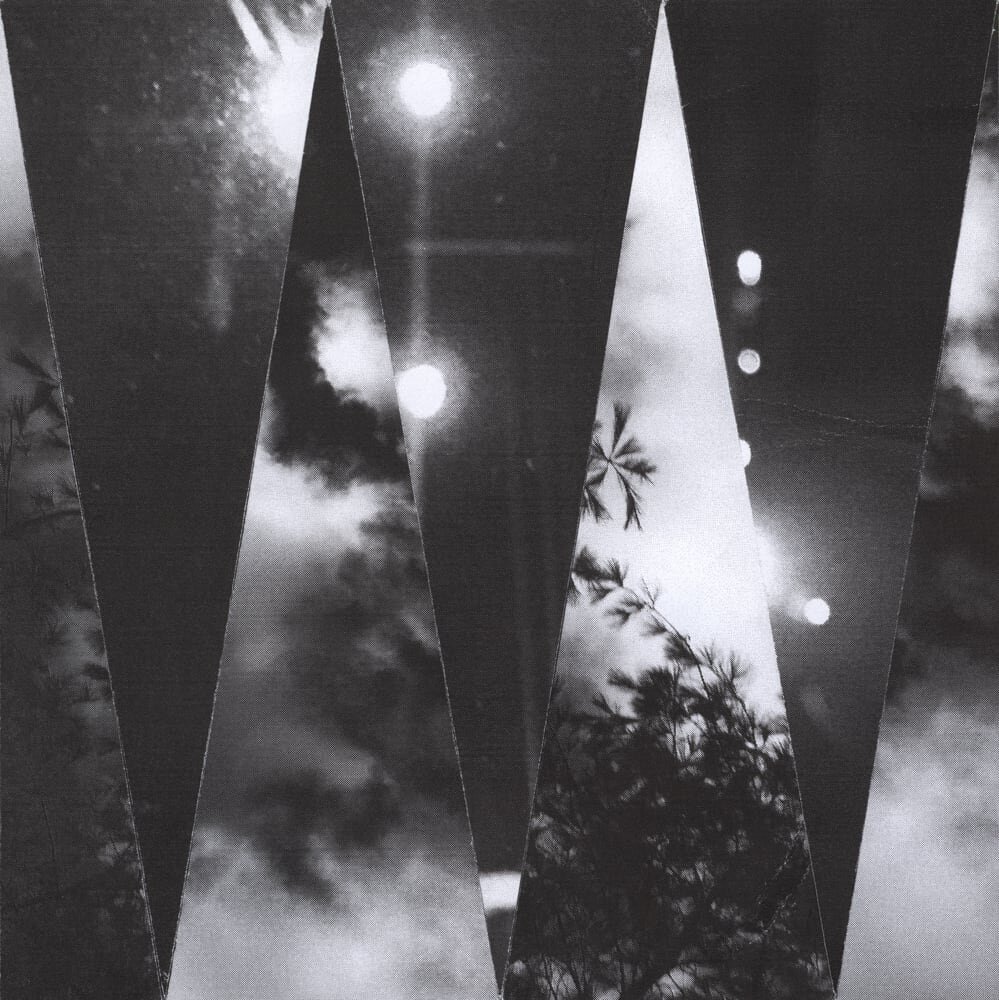



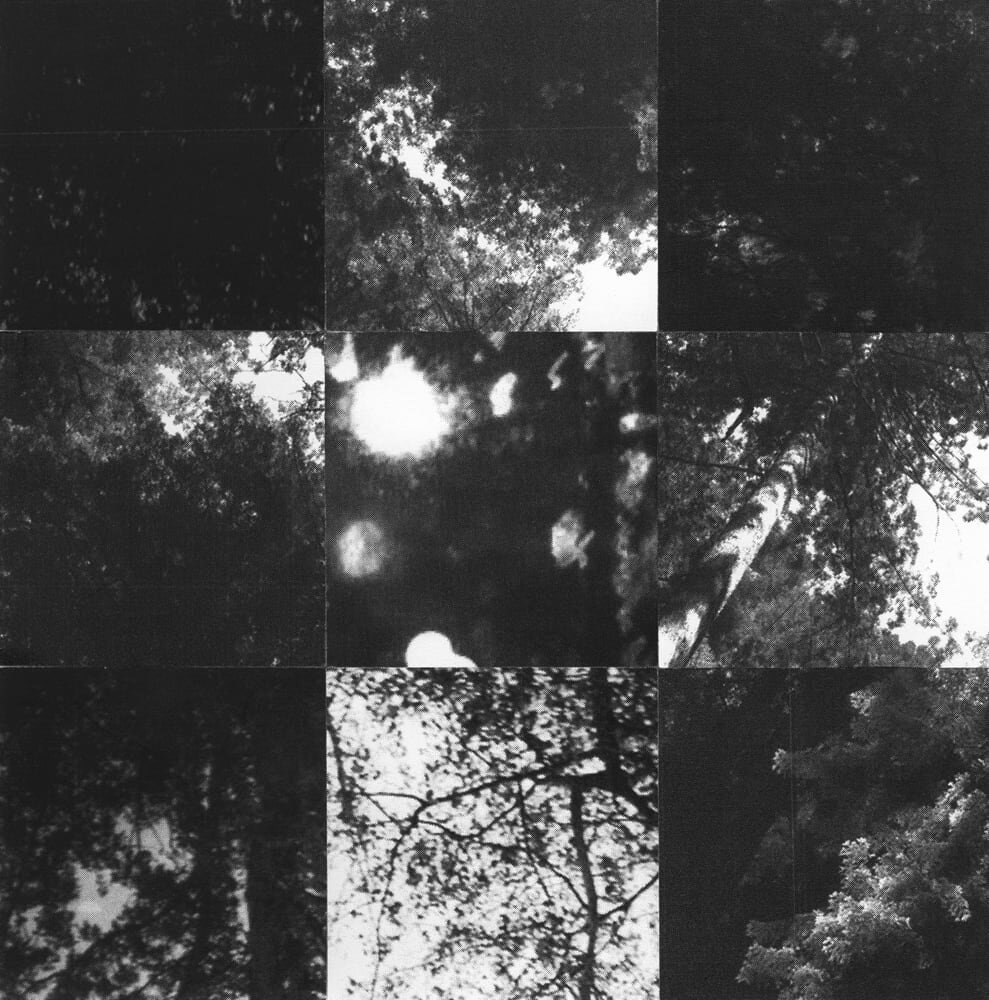


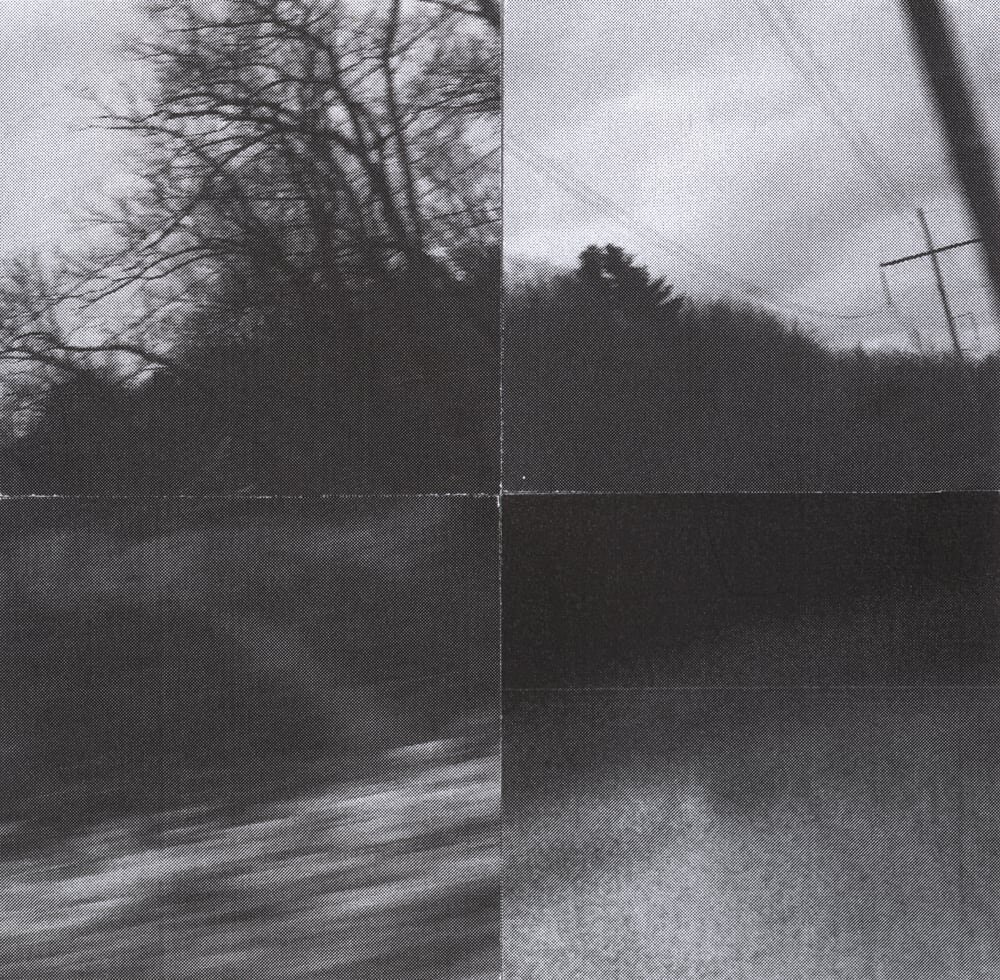




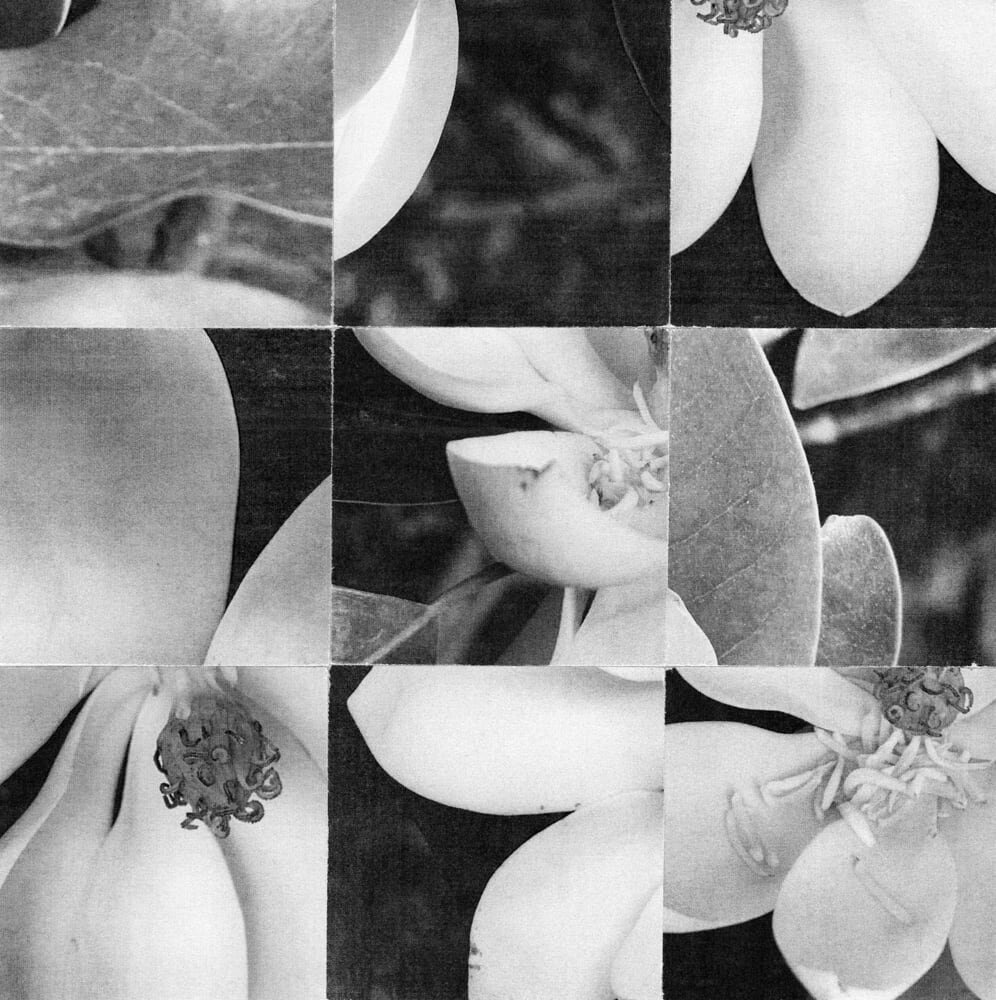



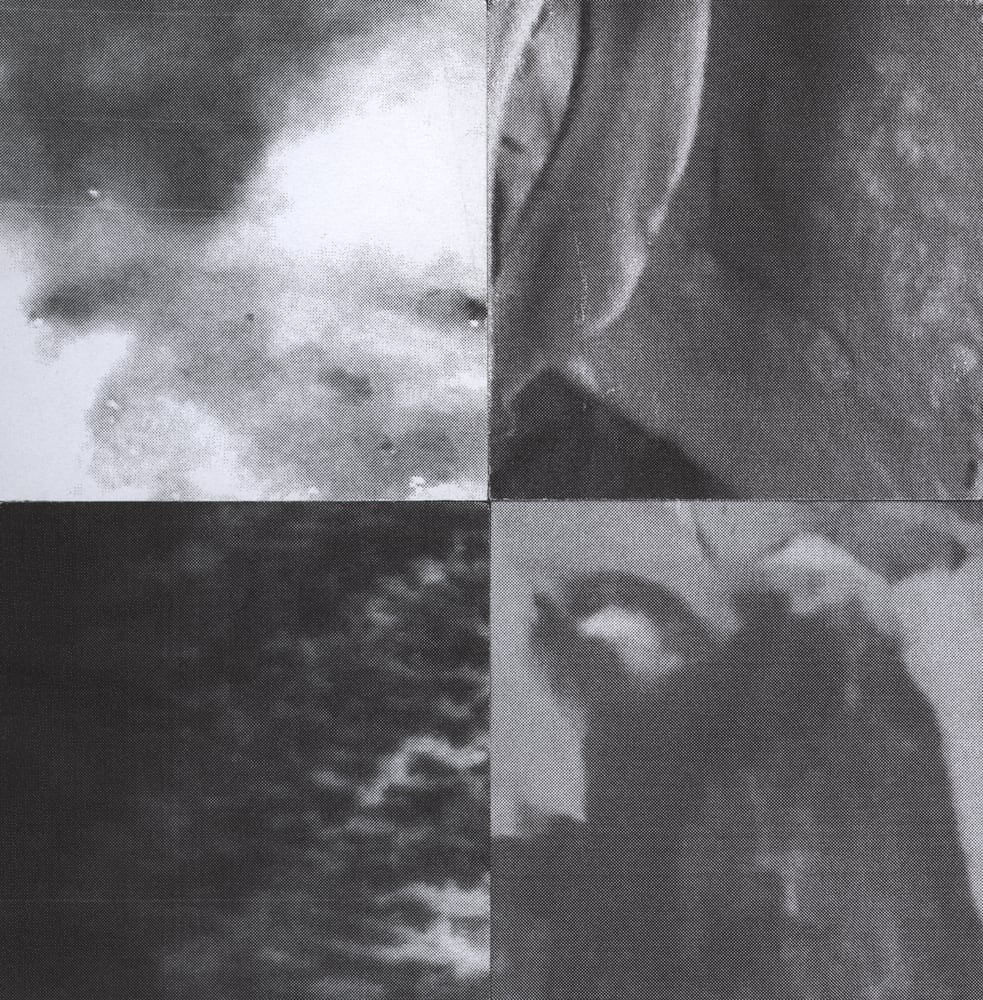

The recent.
Let’s take a quick detour into more recent efforts, since it’s a smidge different. I suppose it’s the natural progression for the pendulum to swing the other way; yup, that’s right—I bucked the strict adherence to geometry.
Now I’ve brought torn scraps into the fold, glue, and even paint to bring some color into things. You know what? It’s fun. Even splurged on $6 wood panels—a slightly sturdier substrate—that can hold up to the new recipe. Same rules apply, though: no precious materials, no fussing.






Pattern. Texture. Form.
Whether it’s new or old compositions, they still share a common kinship. In a former life, I was typically ho-hum about natural landscapes in art—which was a wholeheartedly foolish take. Don’t be dumb like me, friends: there is nary a wellspring of rich textures, patterns, and interesting forms than those found in a patch of woods nearby or, heck, your very own backyard. Go look!
There’s more visual nooks and crannies than I could ever venture to dream up on my own. Armed with a cameraphone at all times, there’s no excuse not to capture and catalog these interesting, otherwise unassuming forms that we encounter each day.
